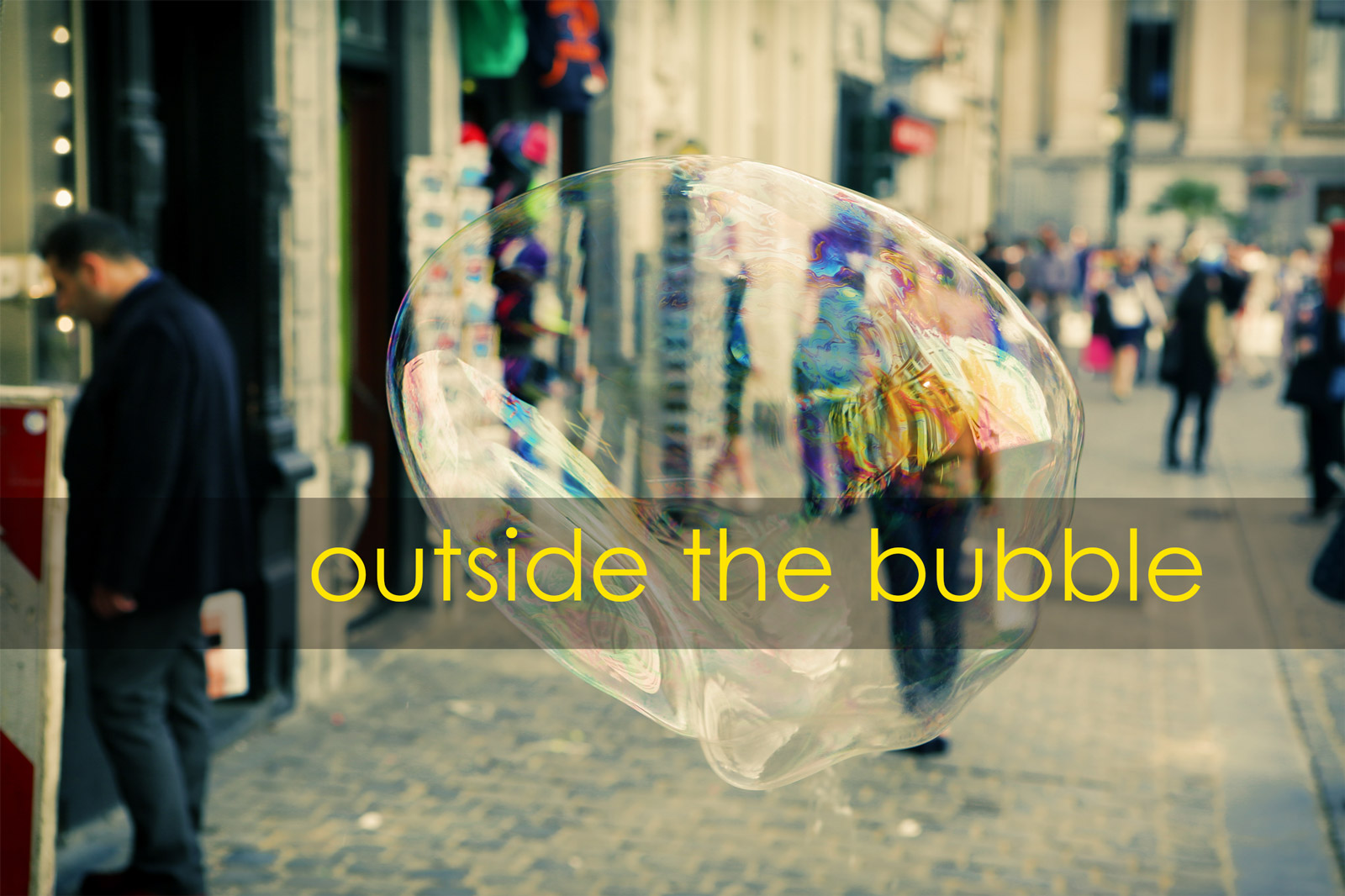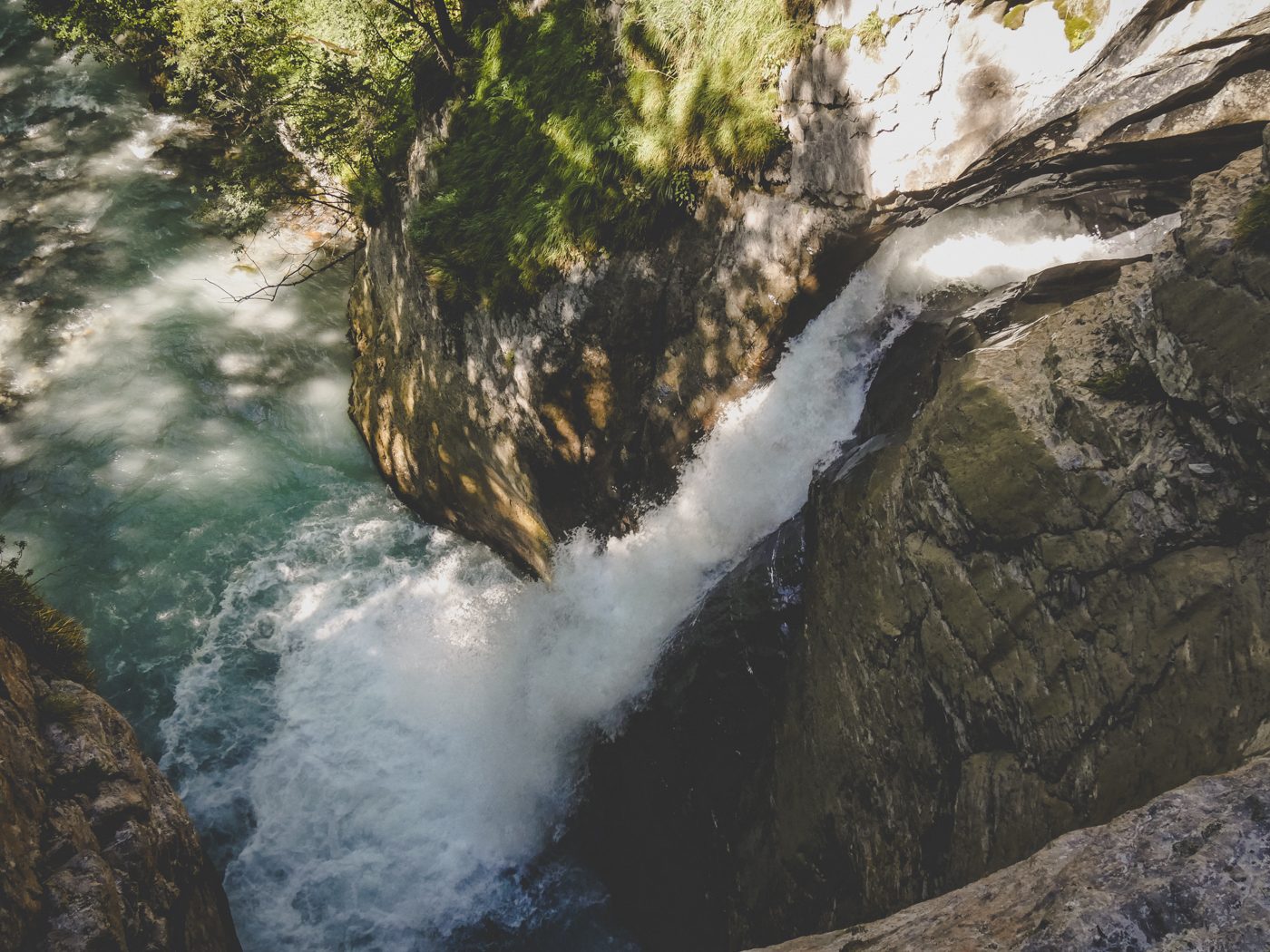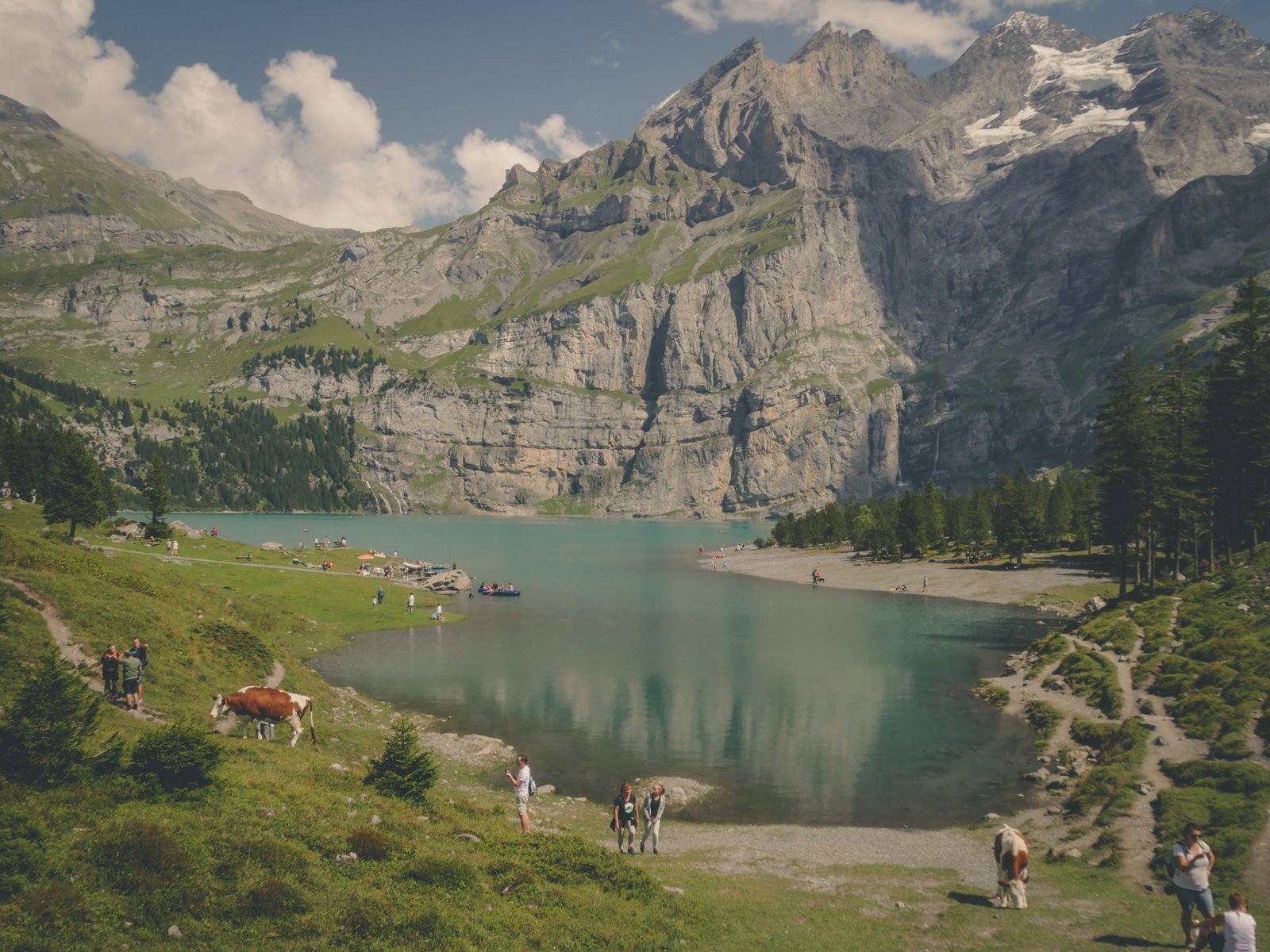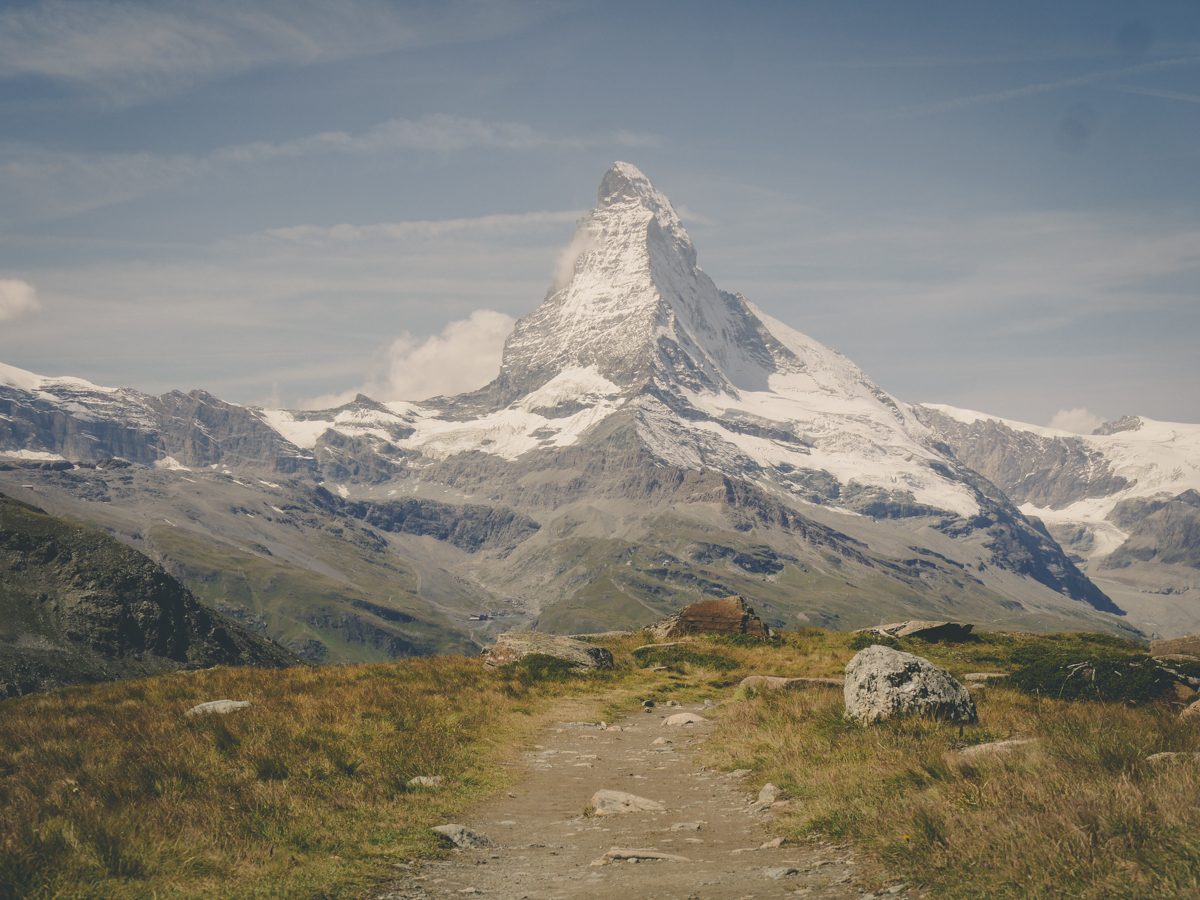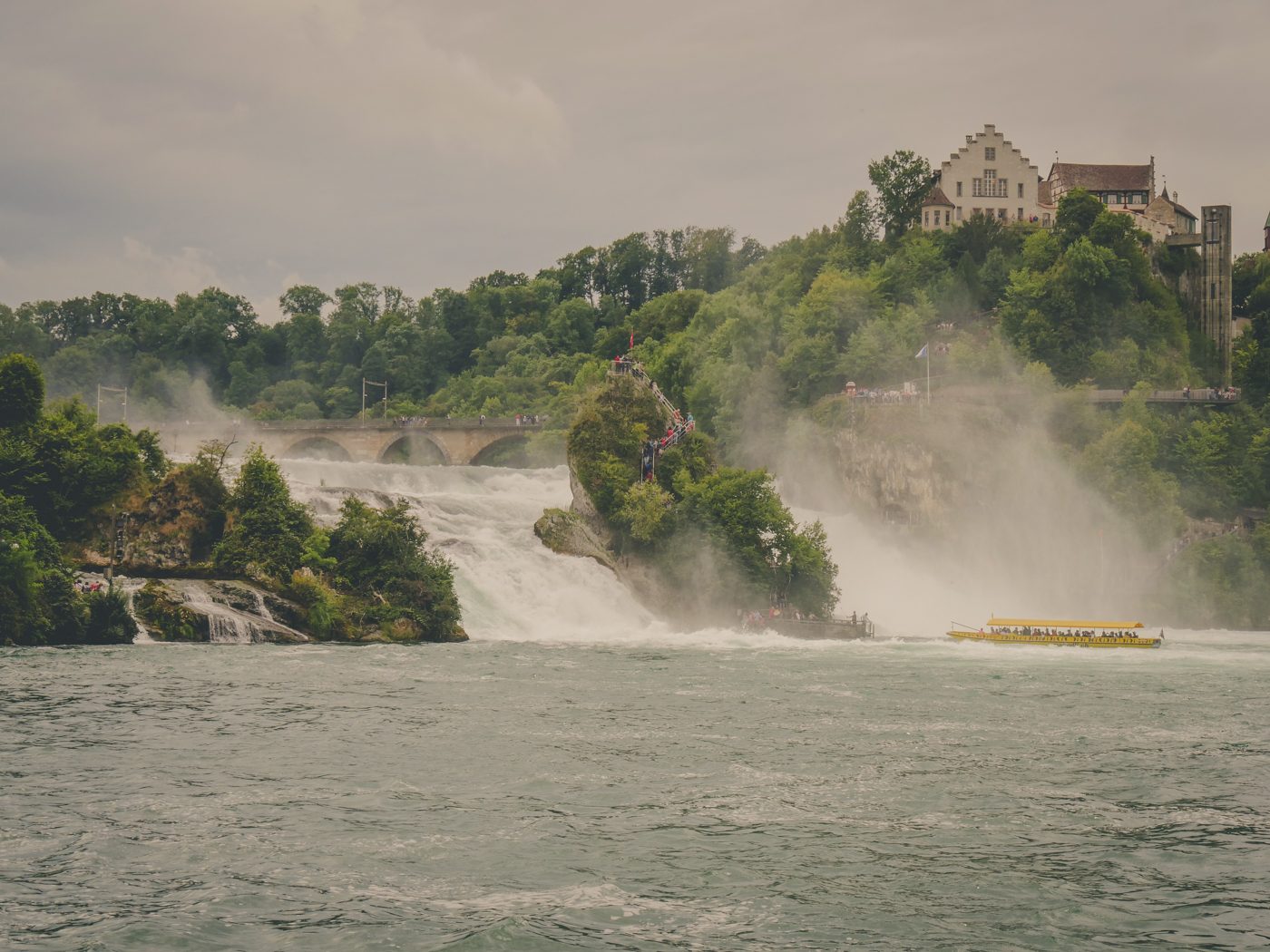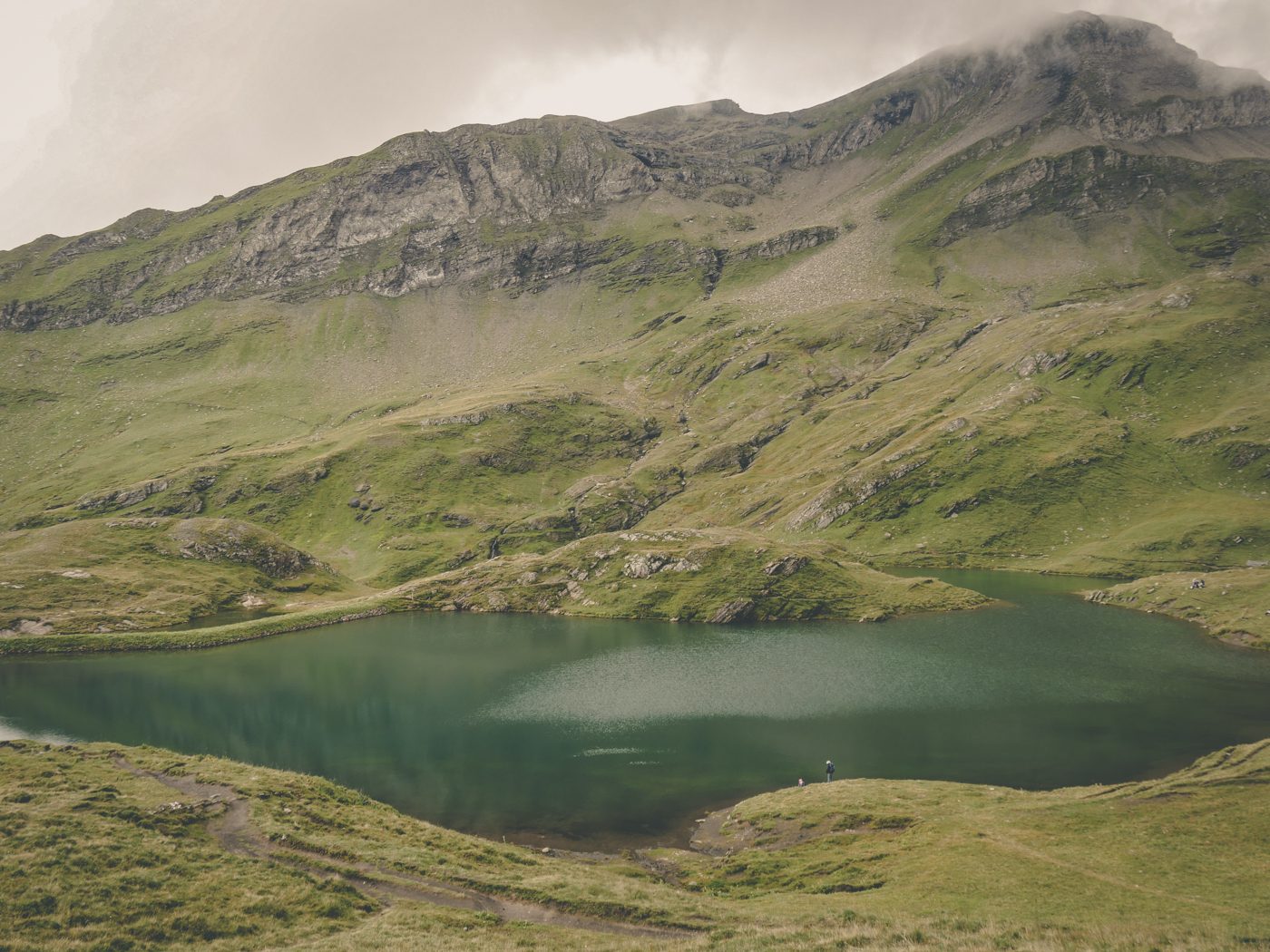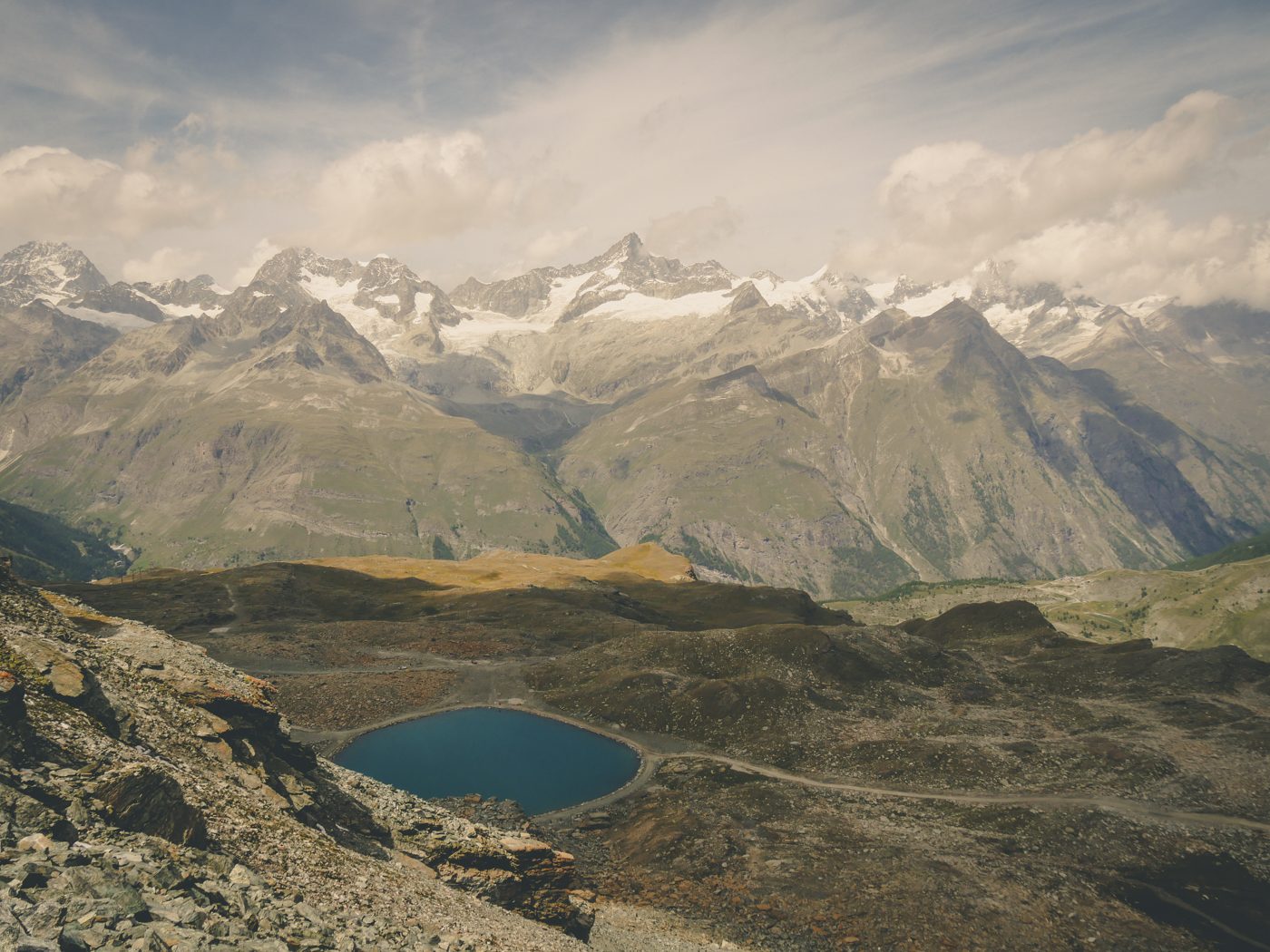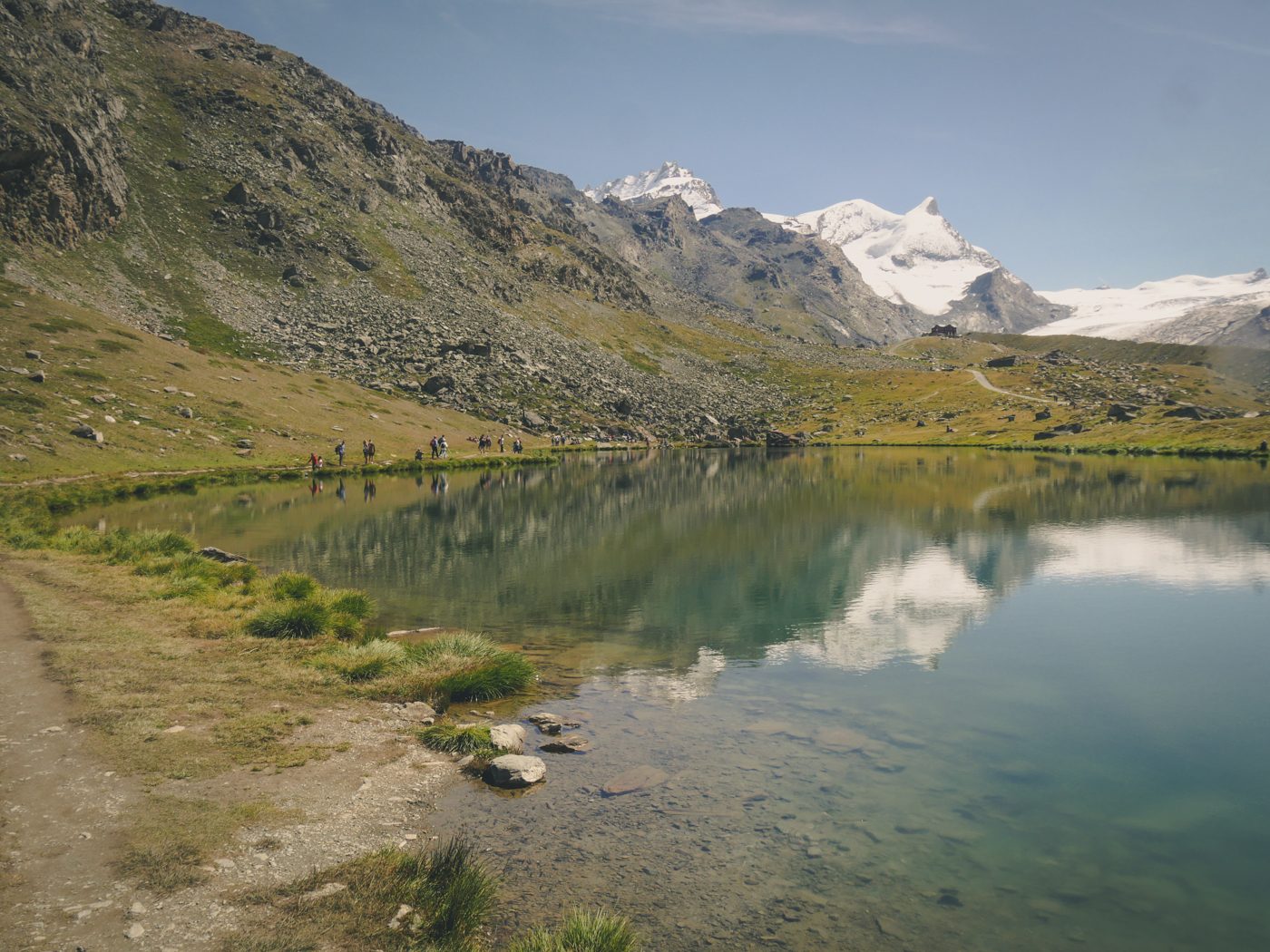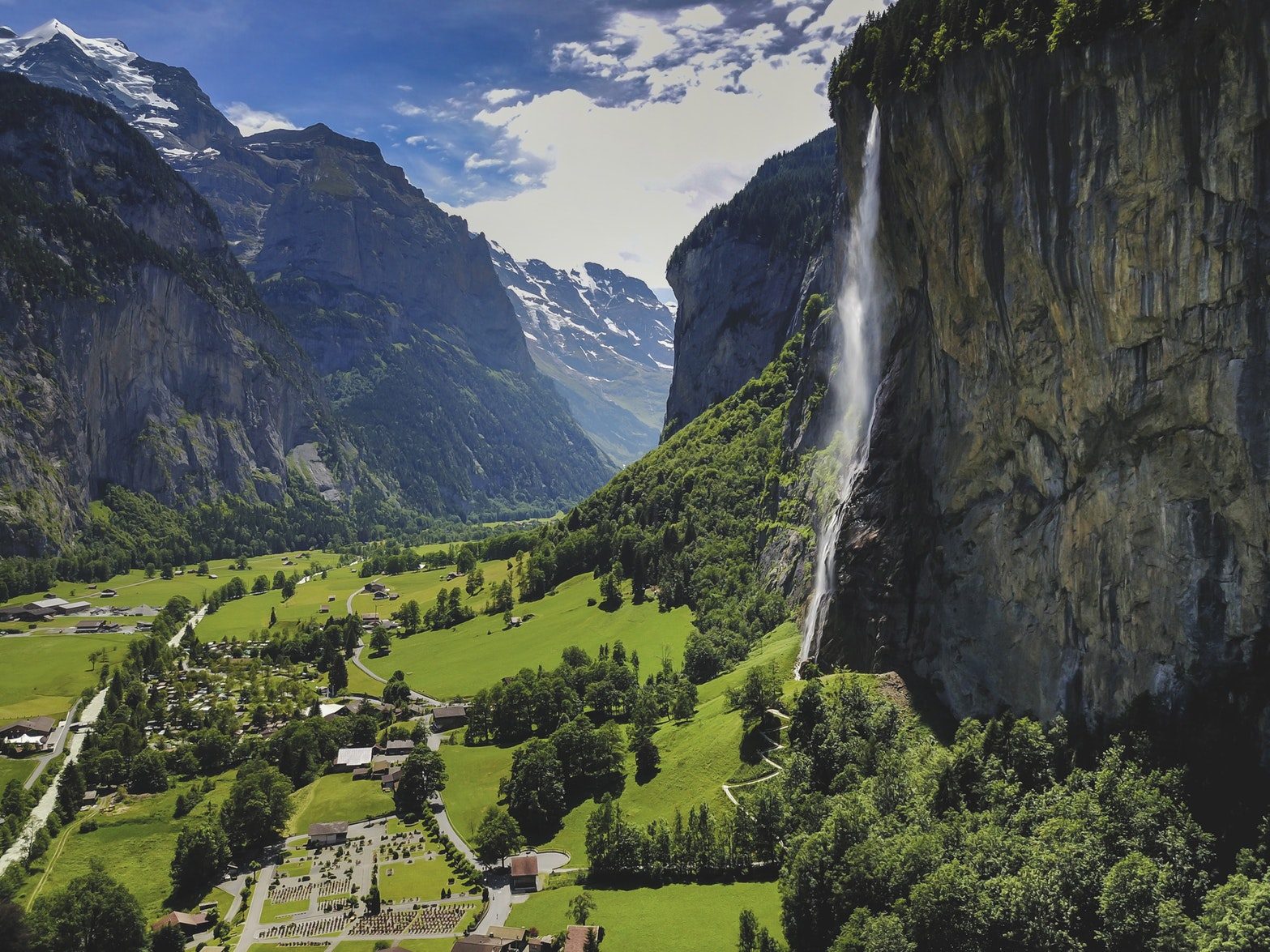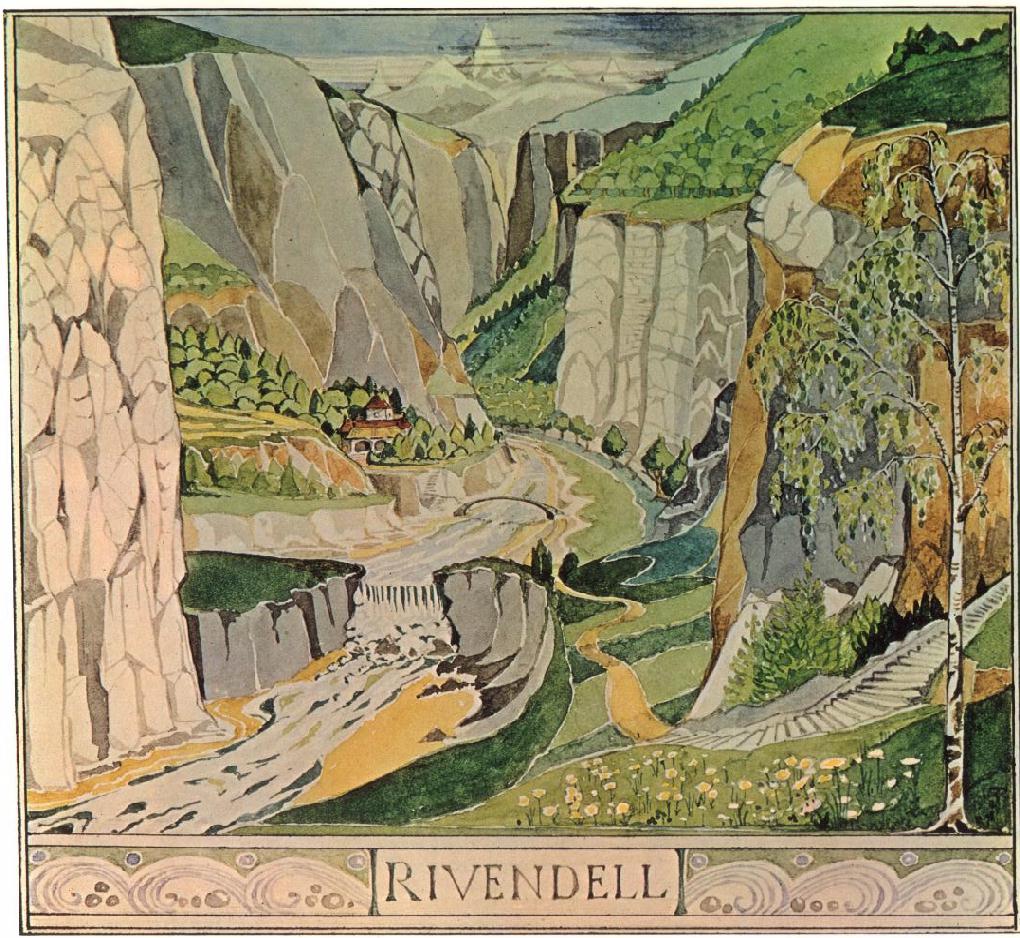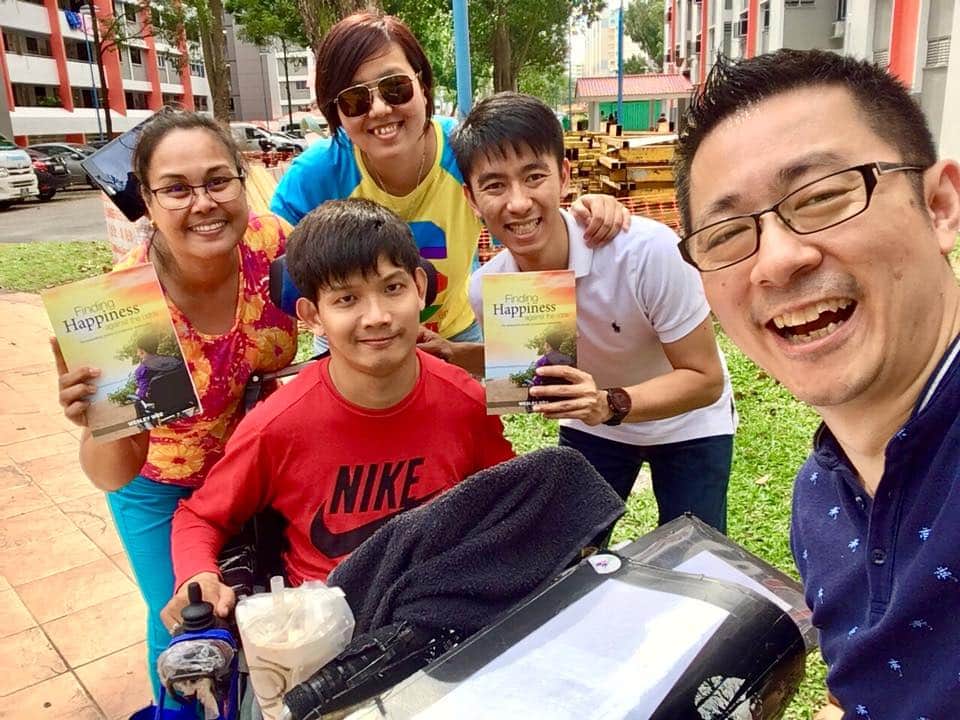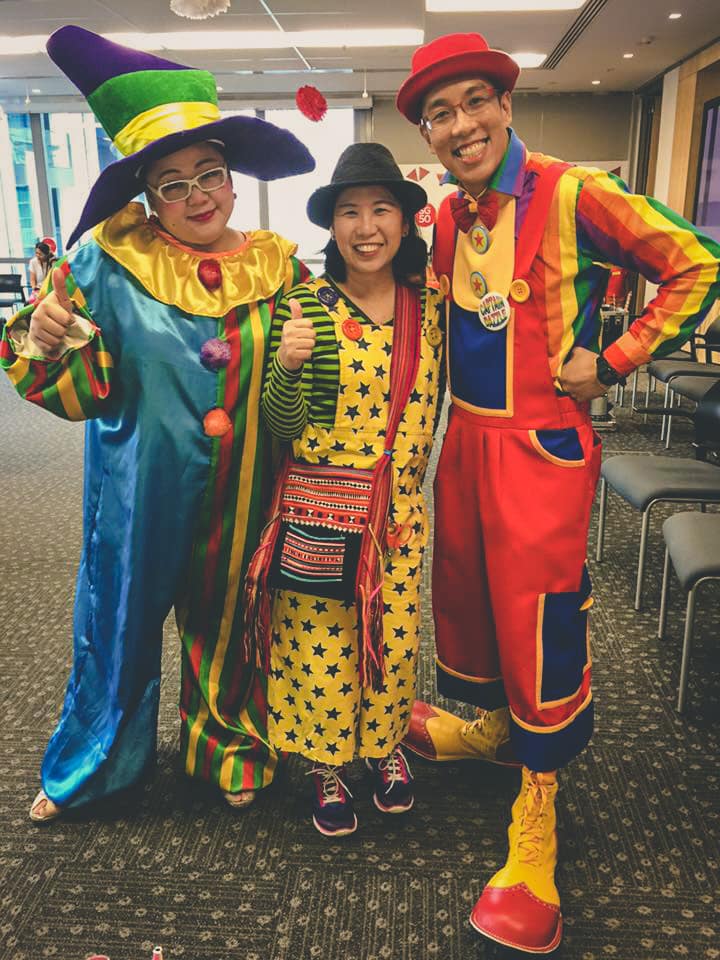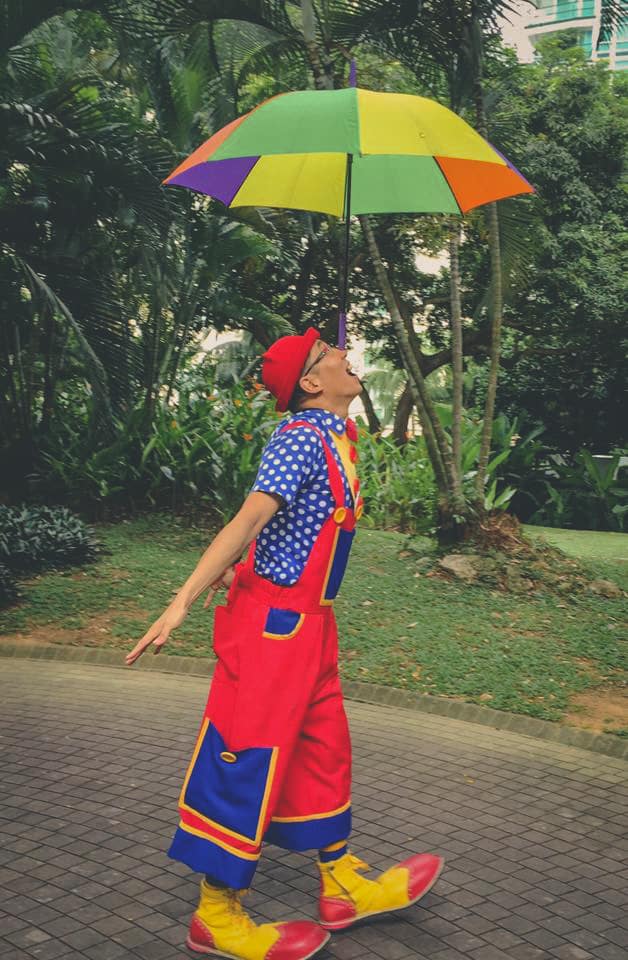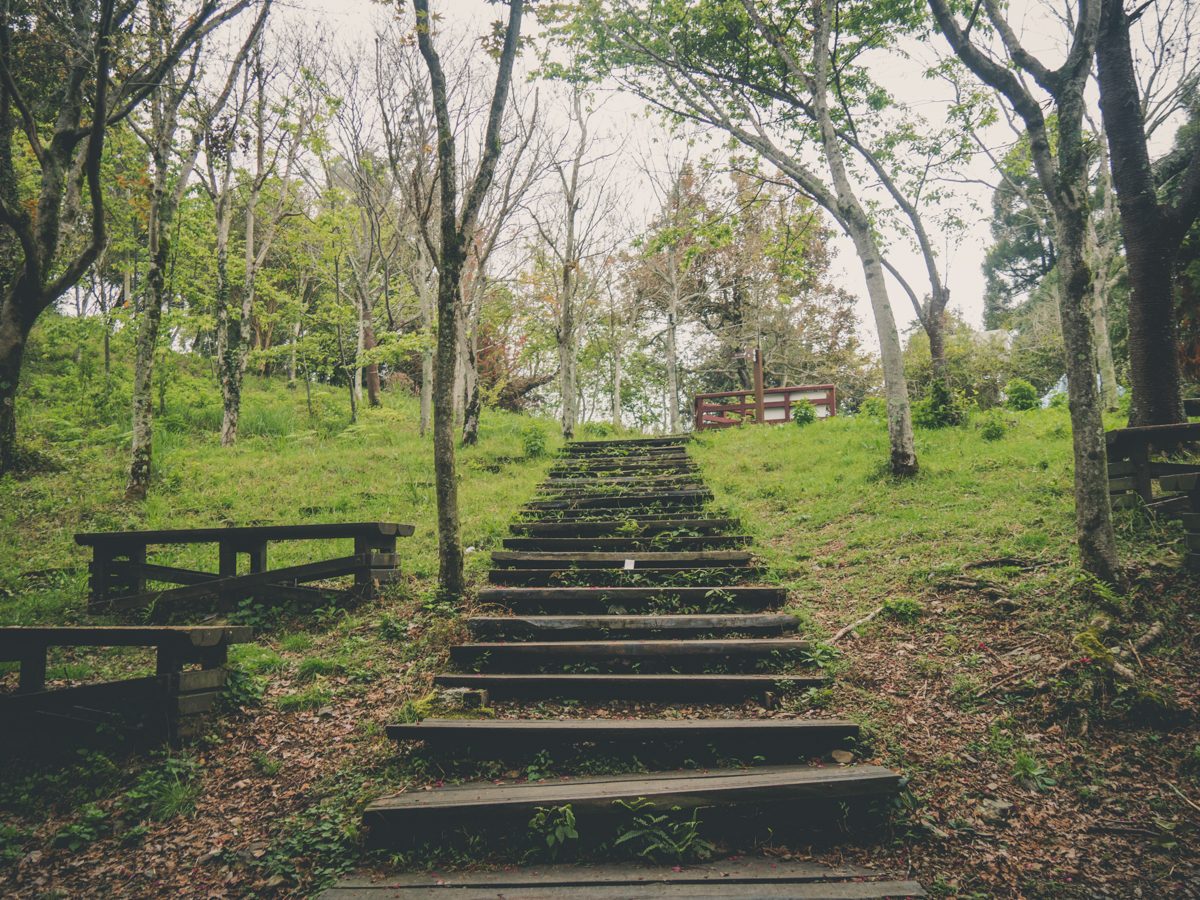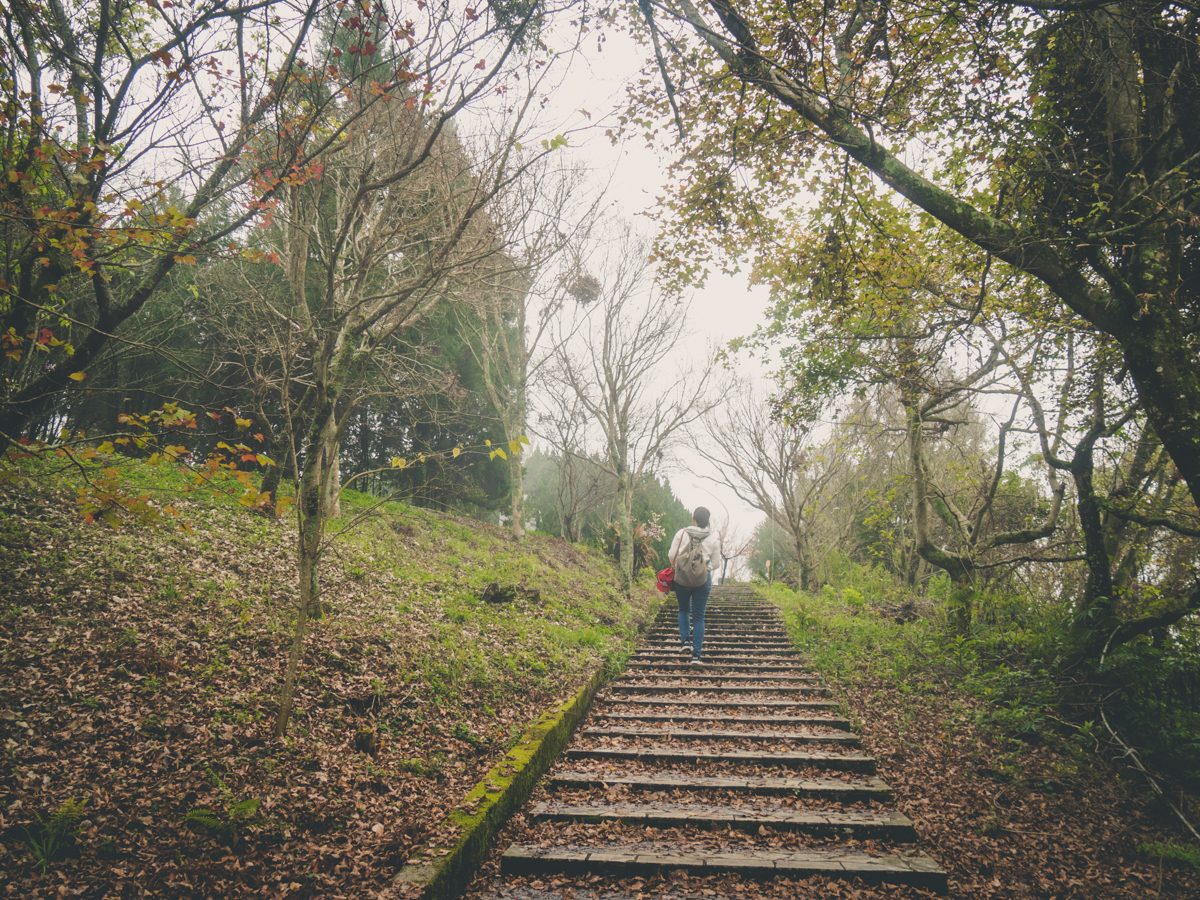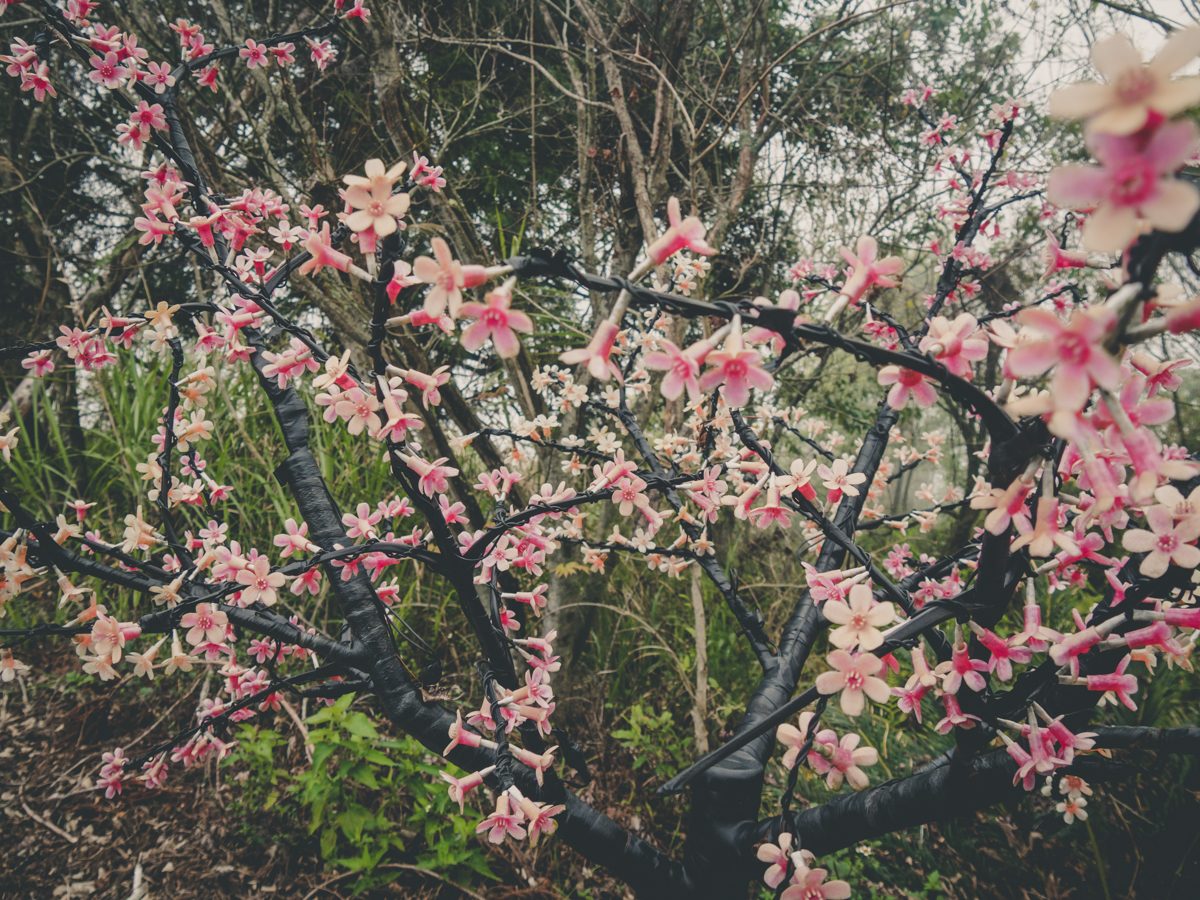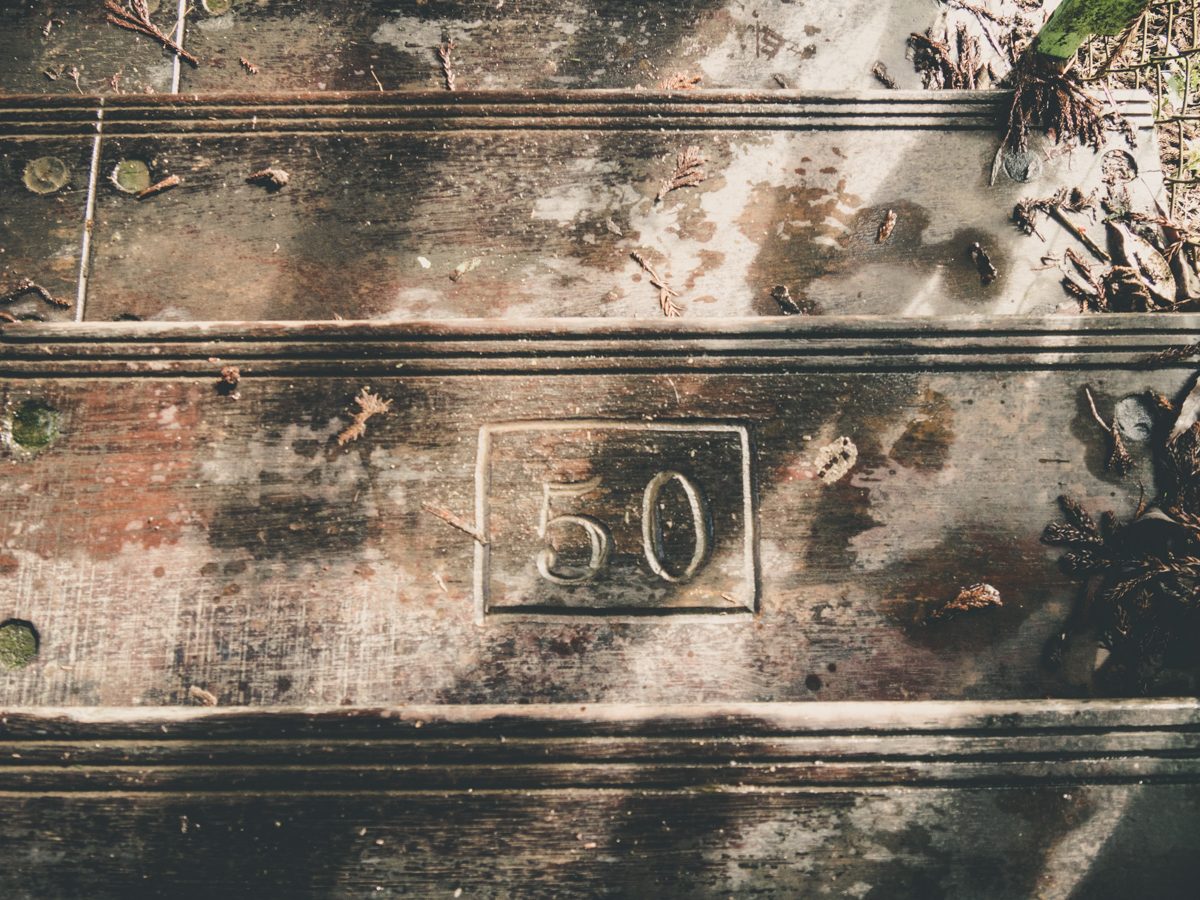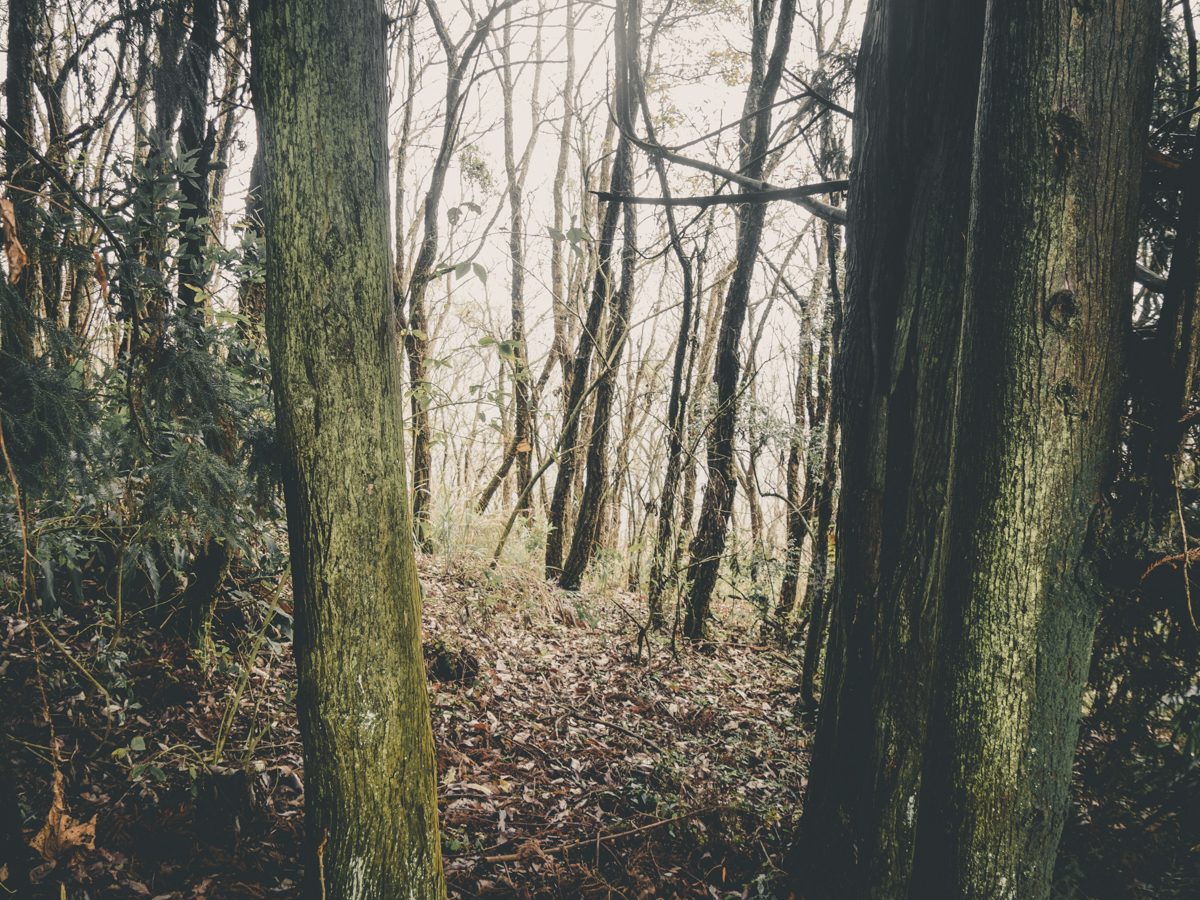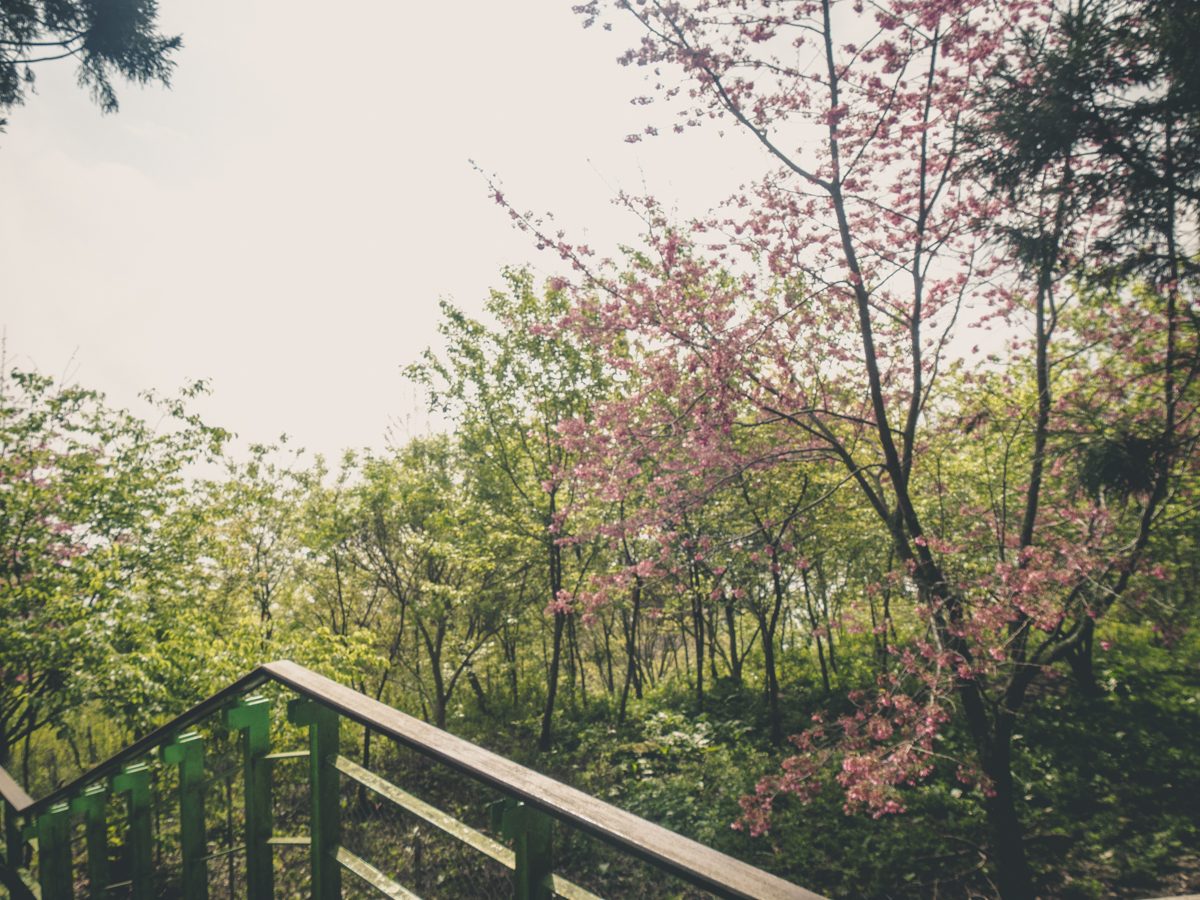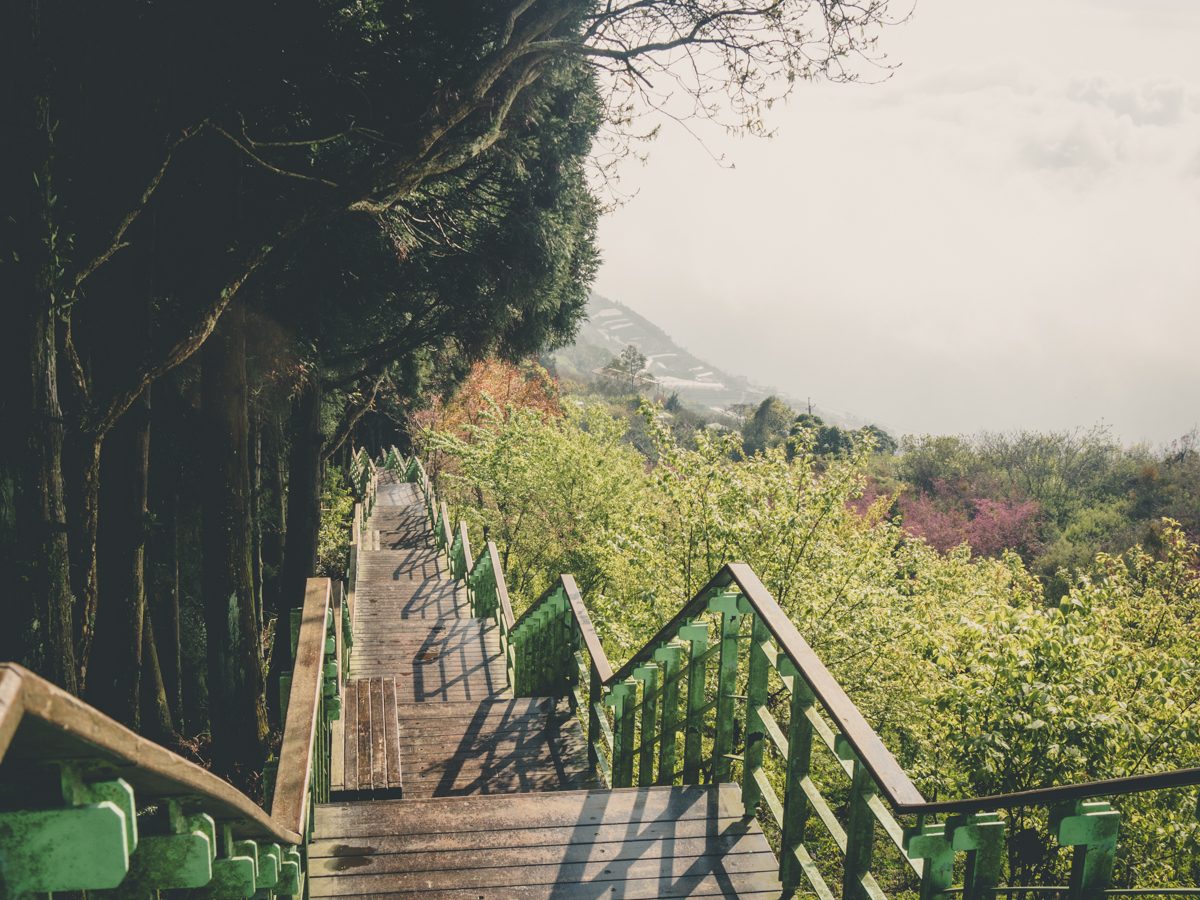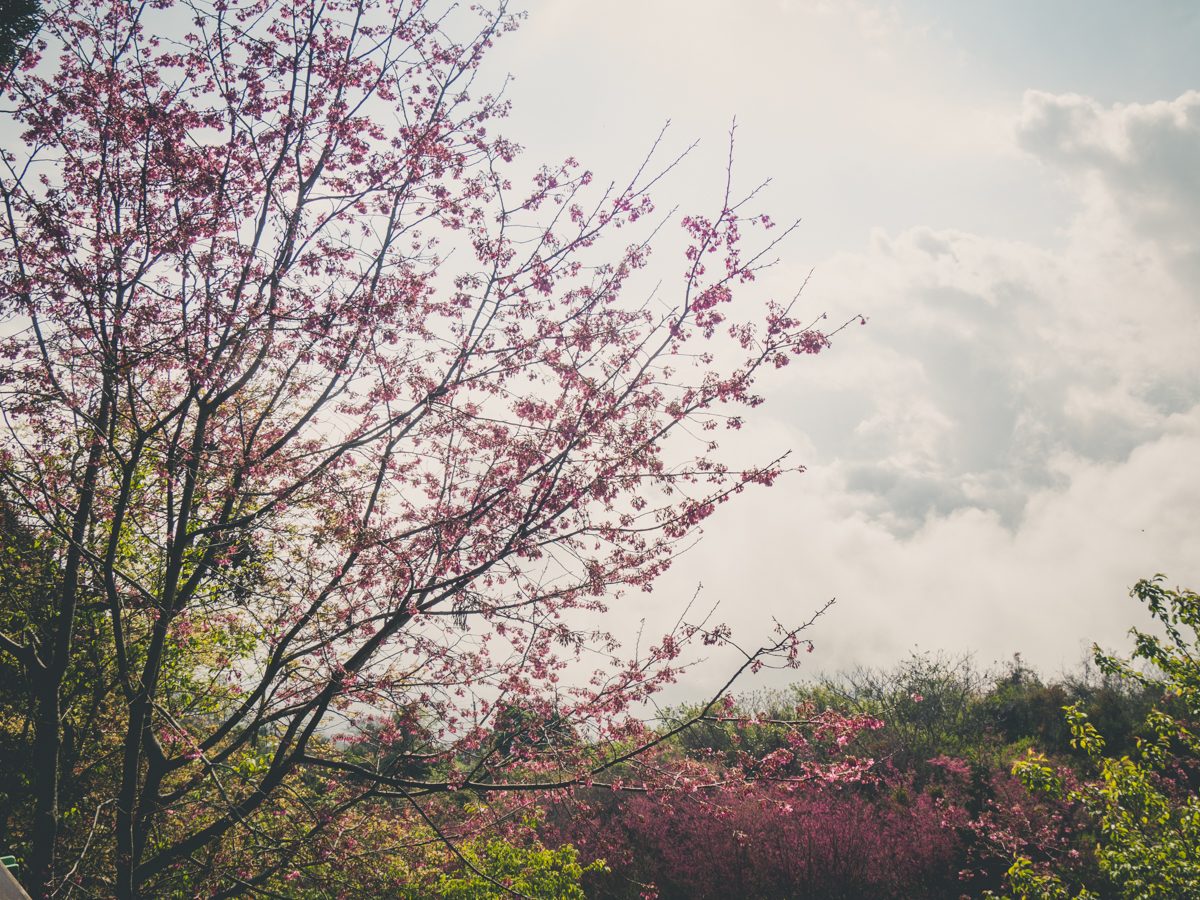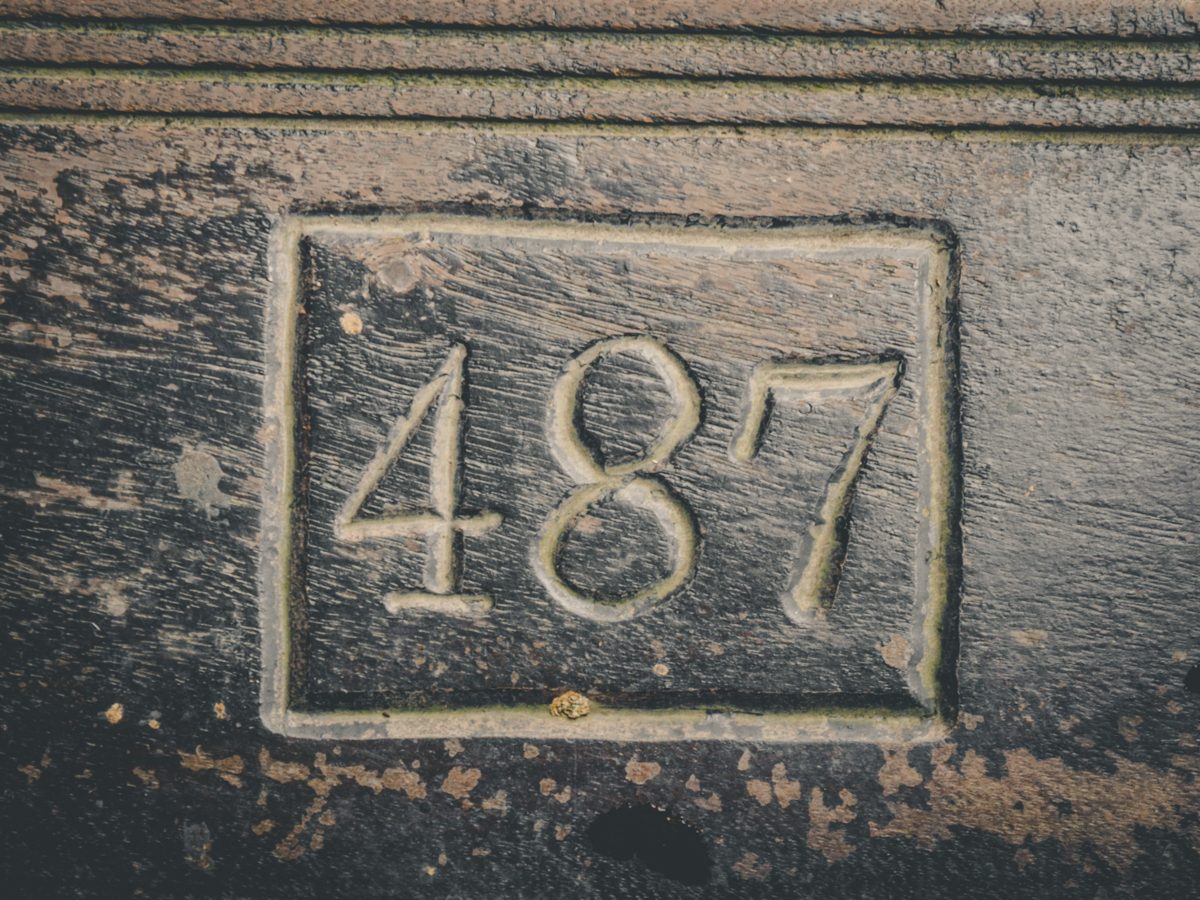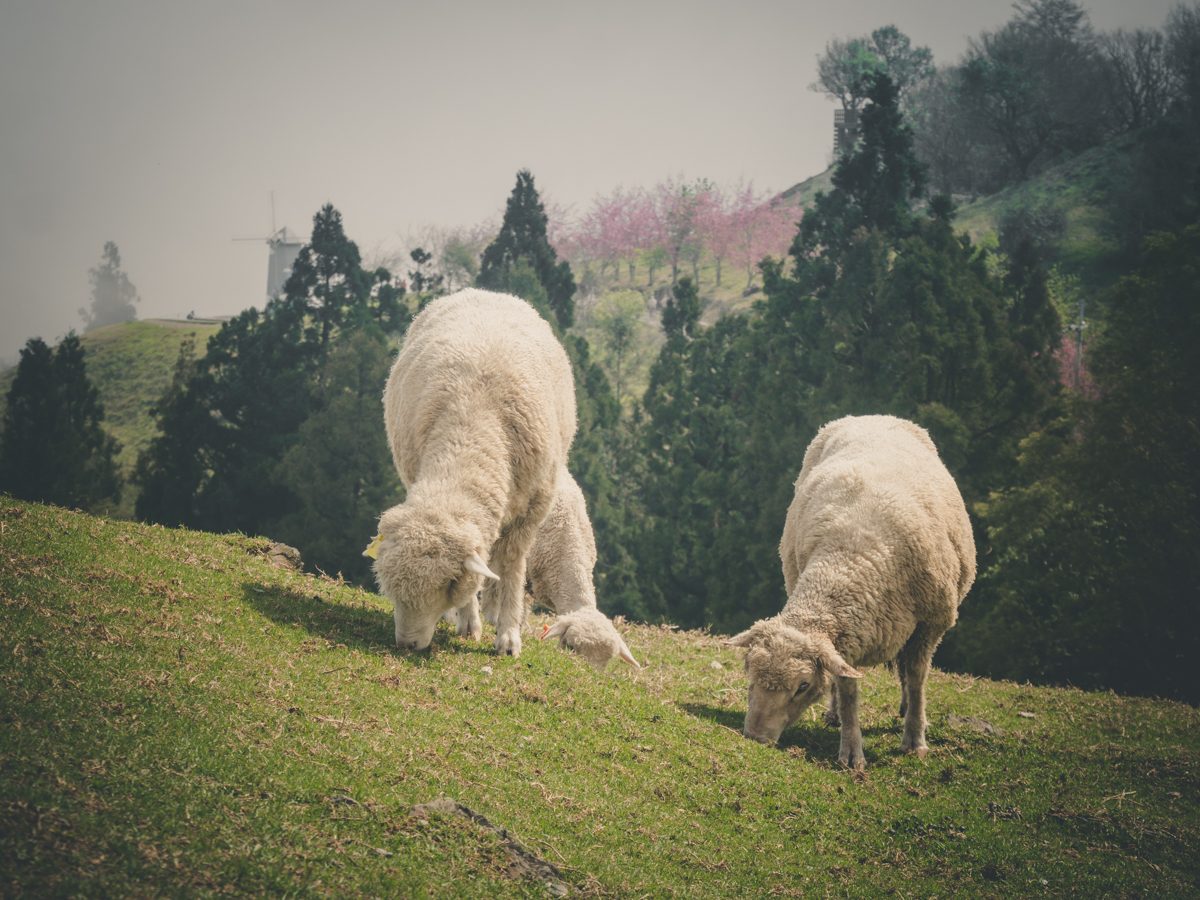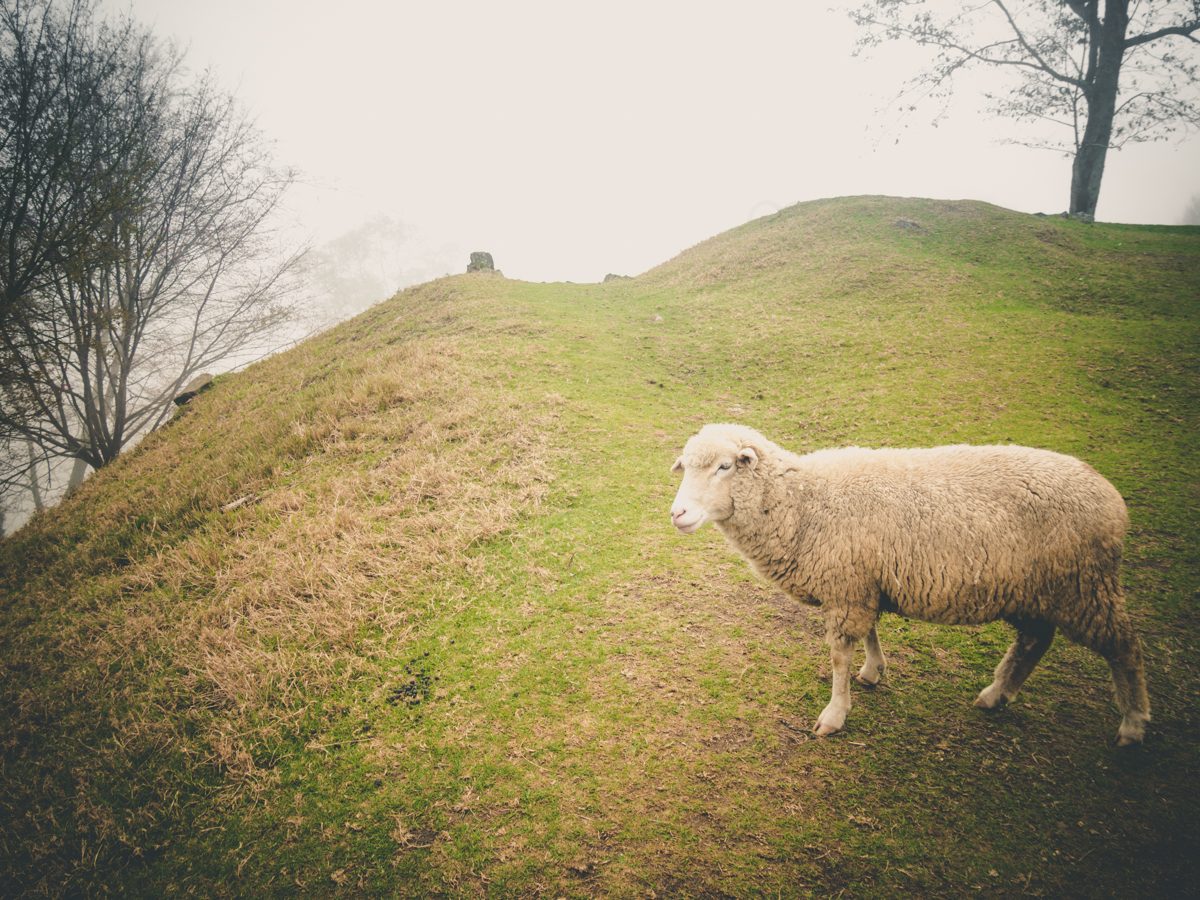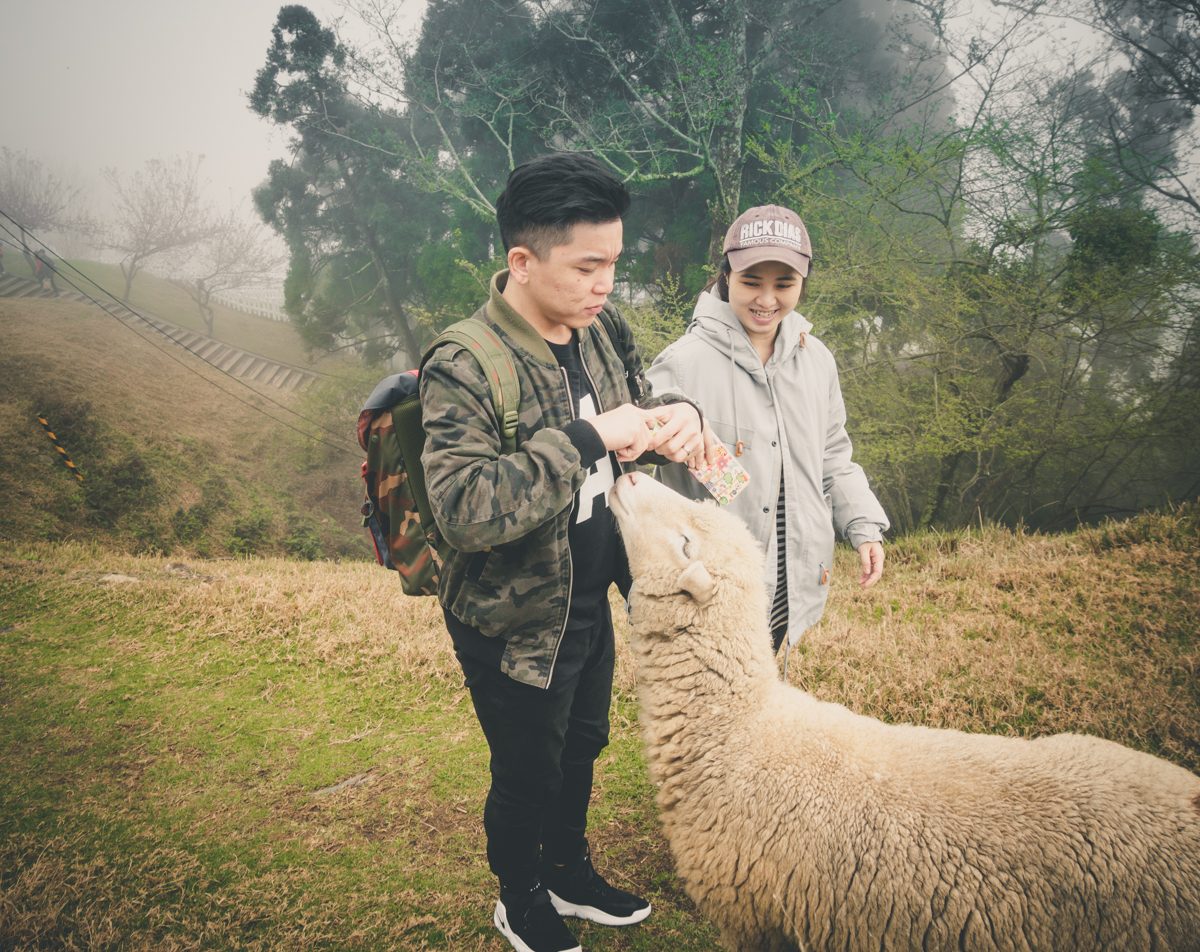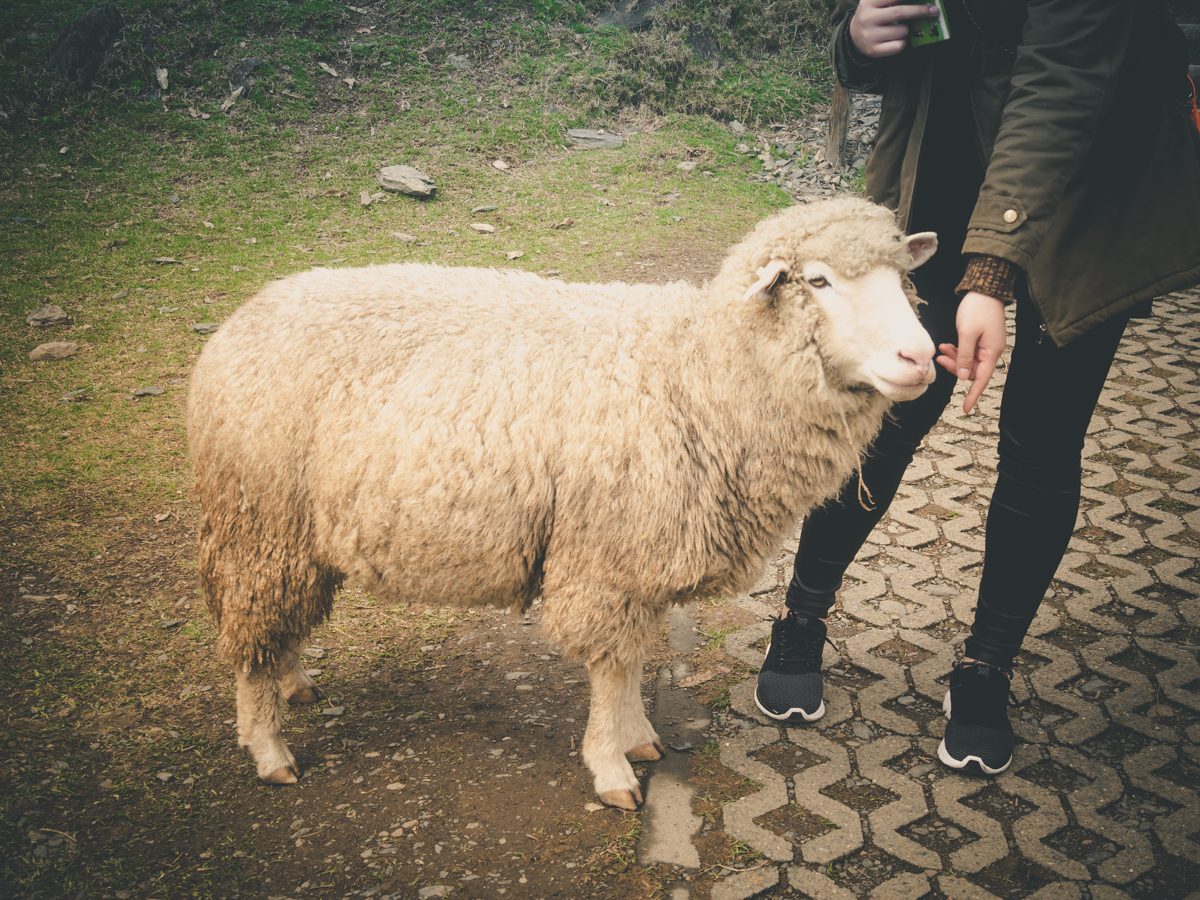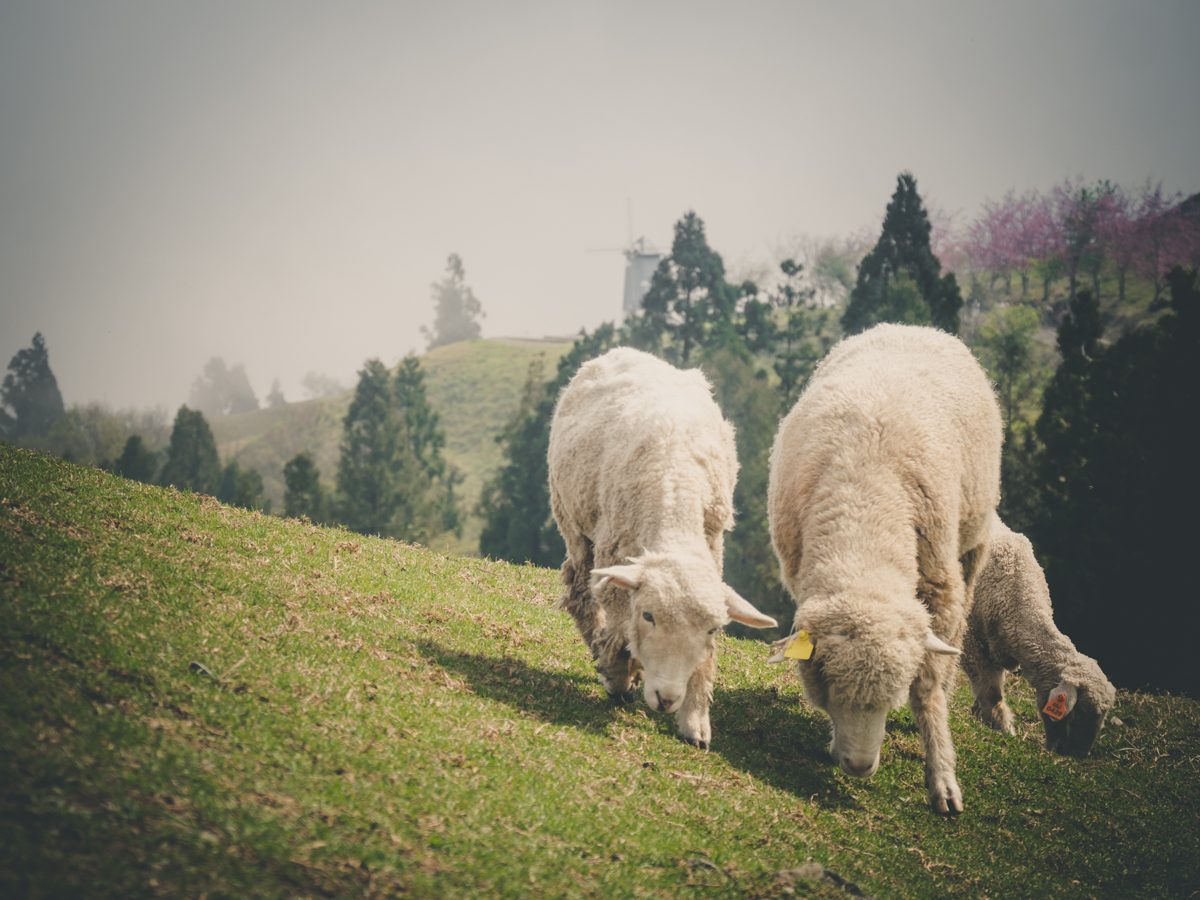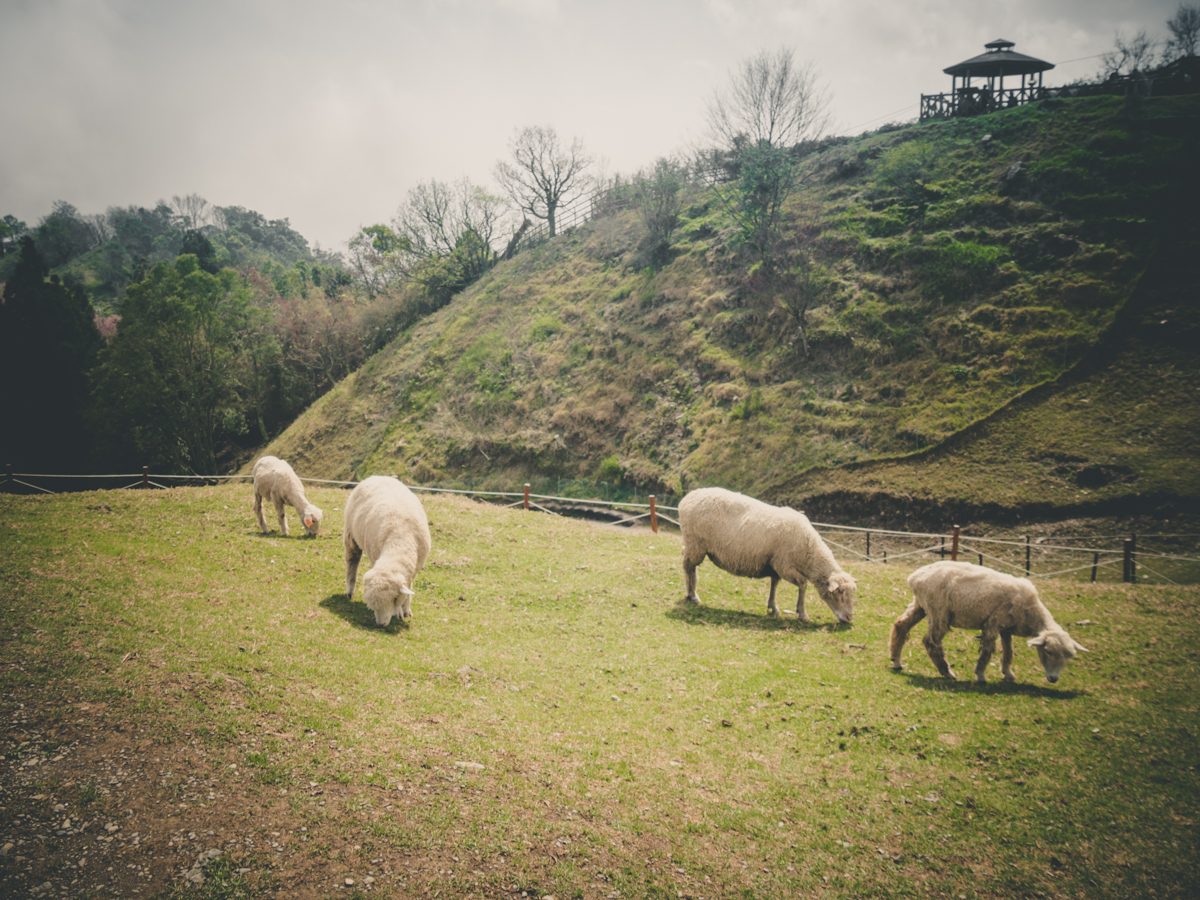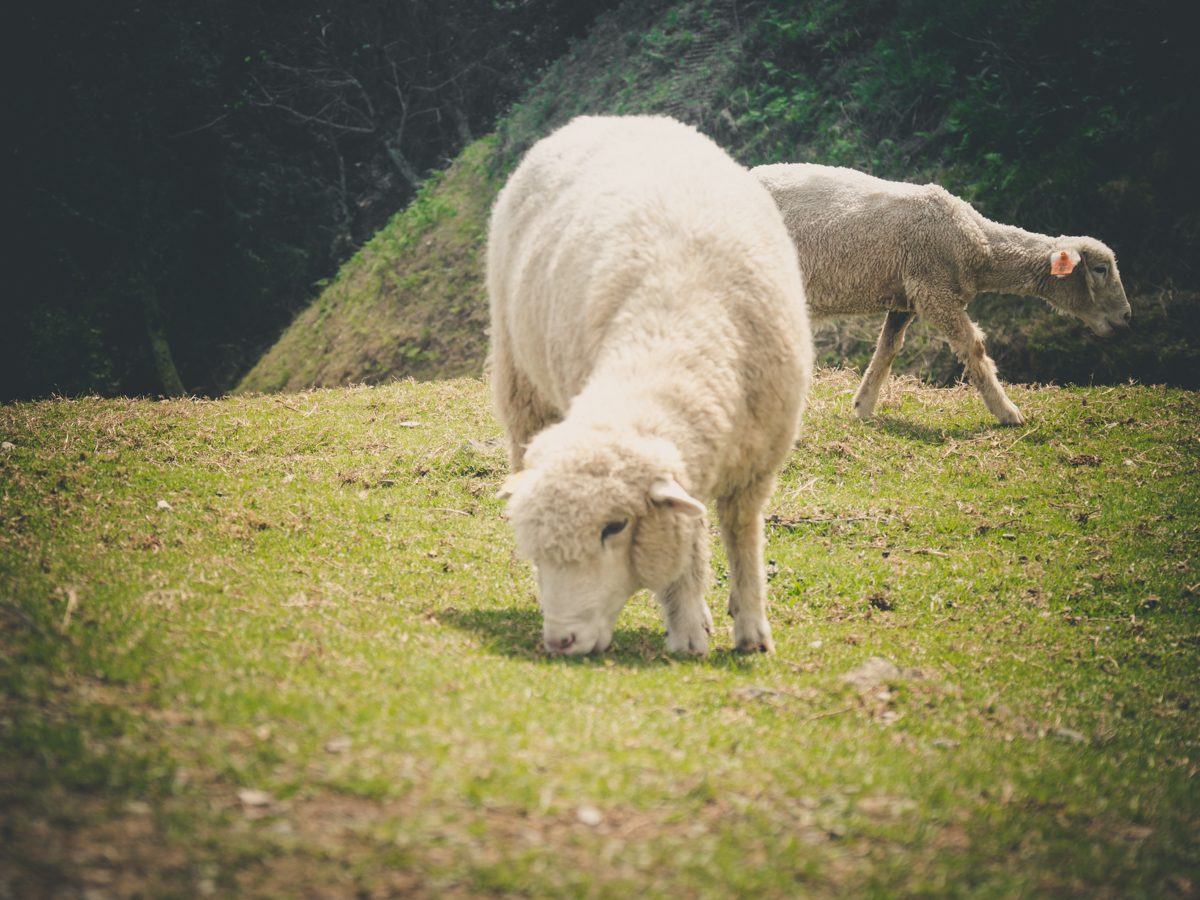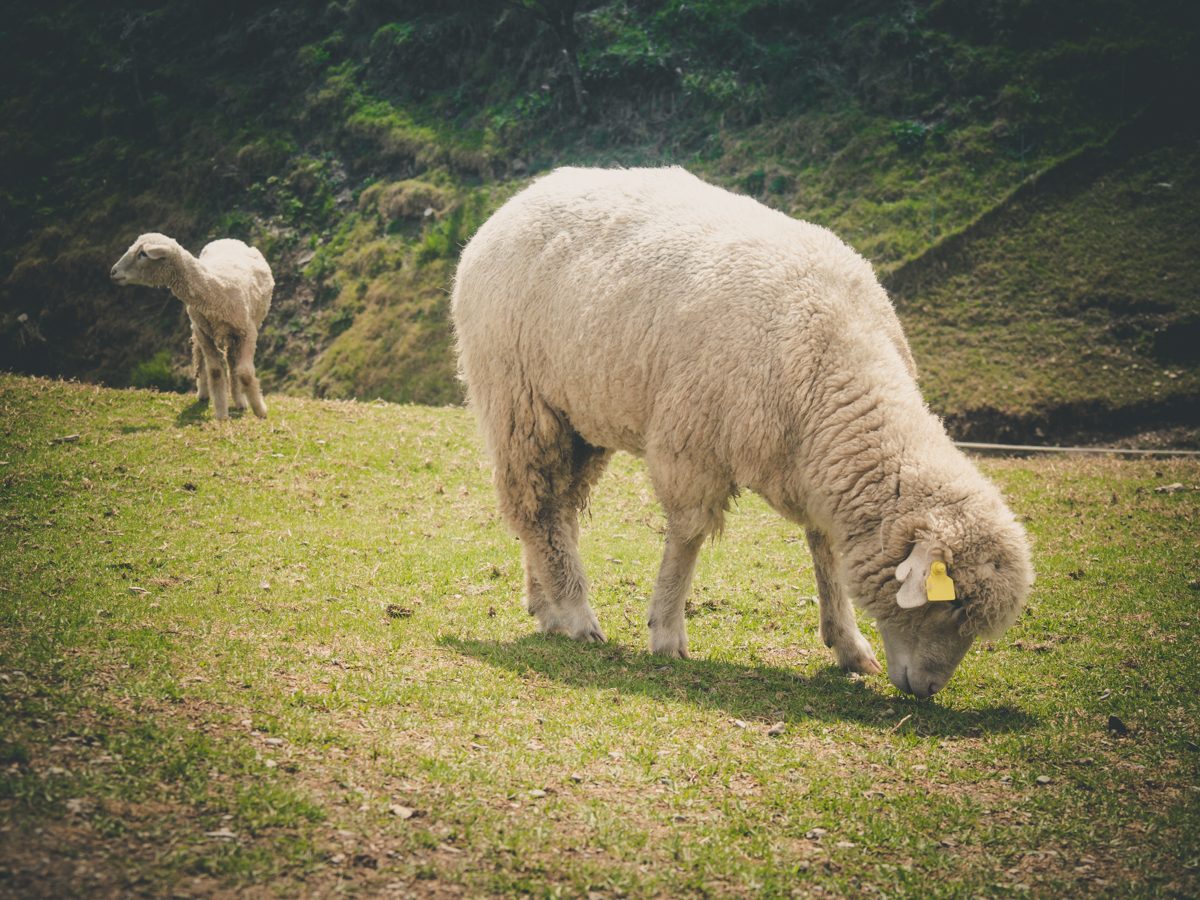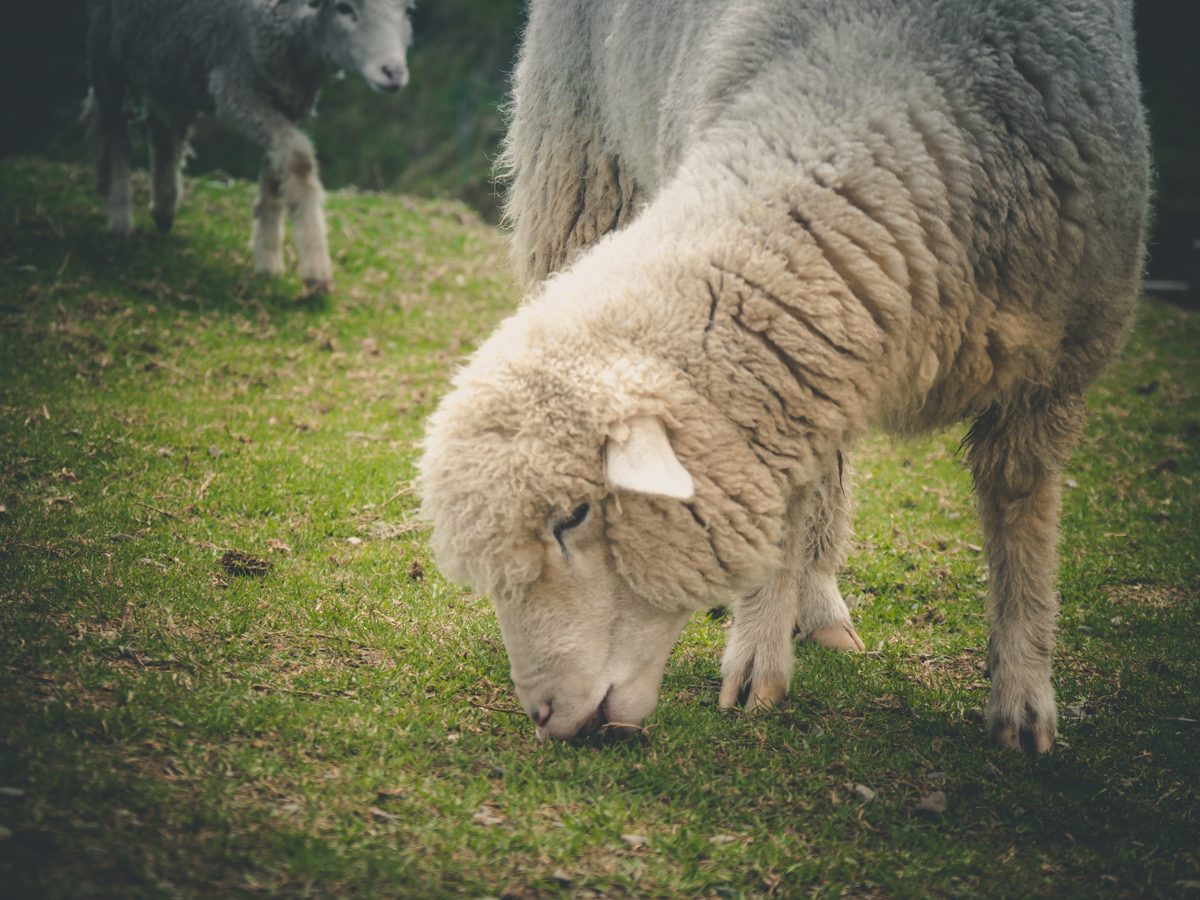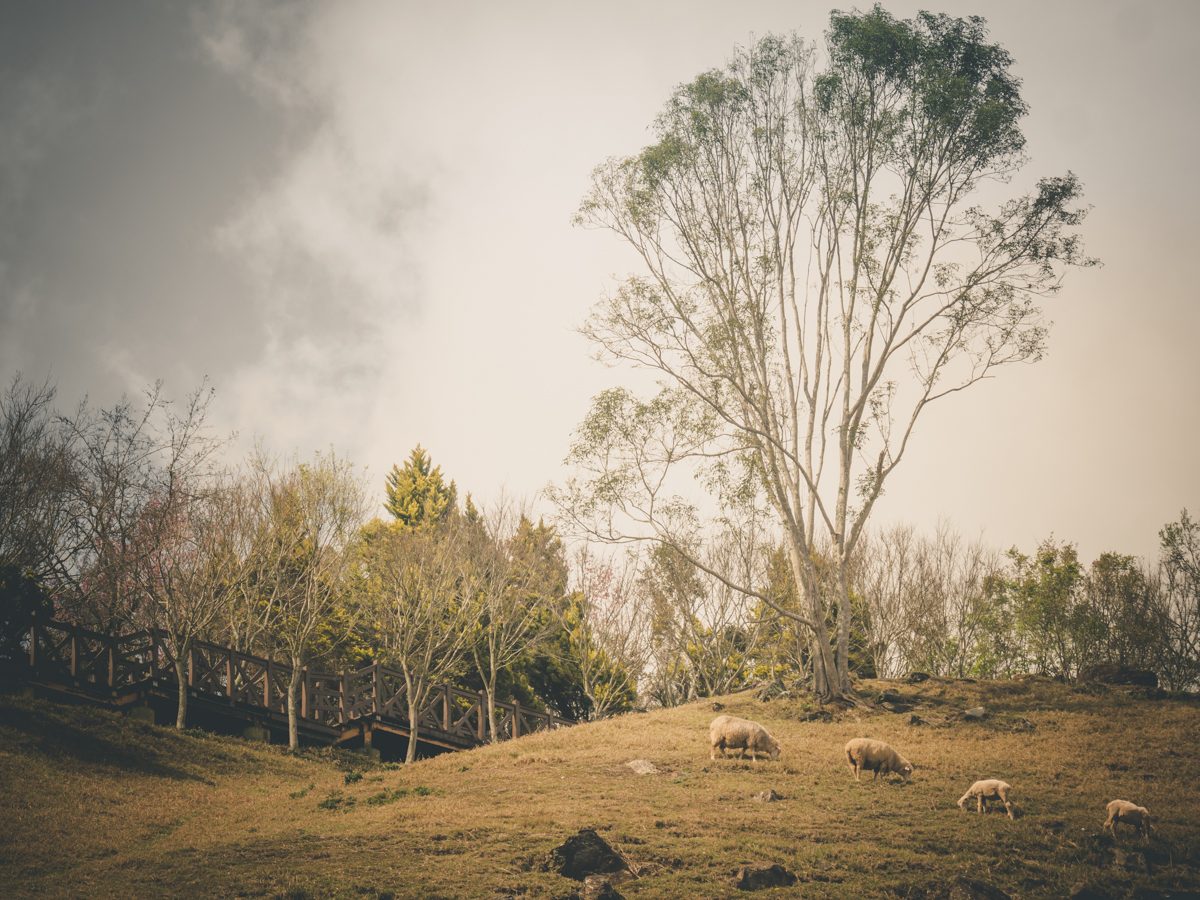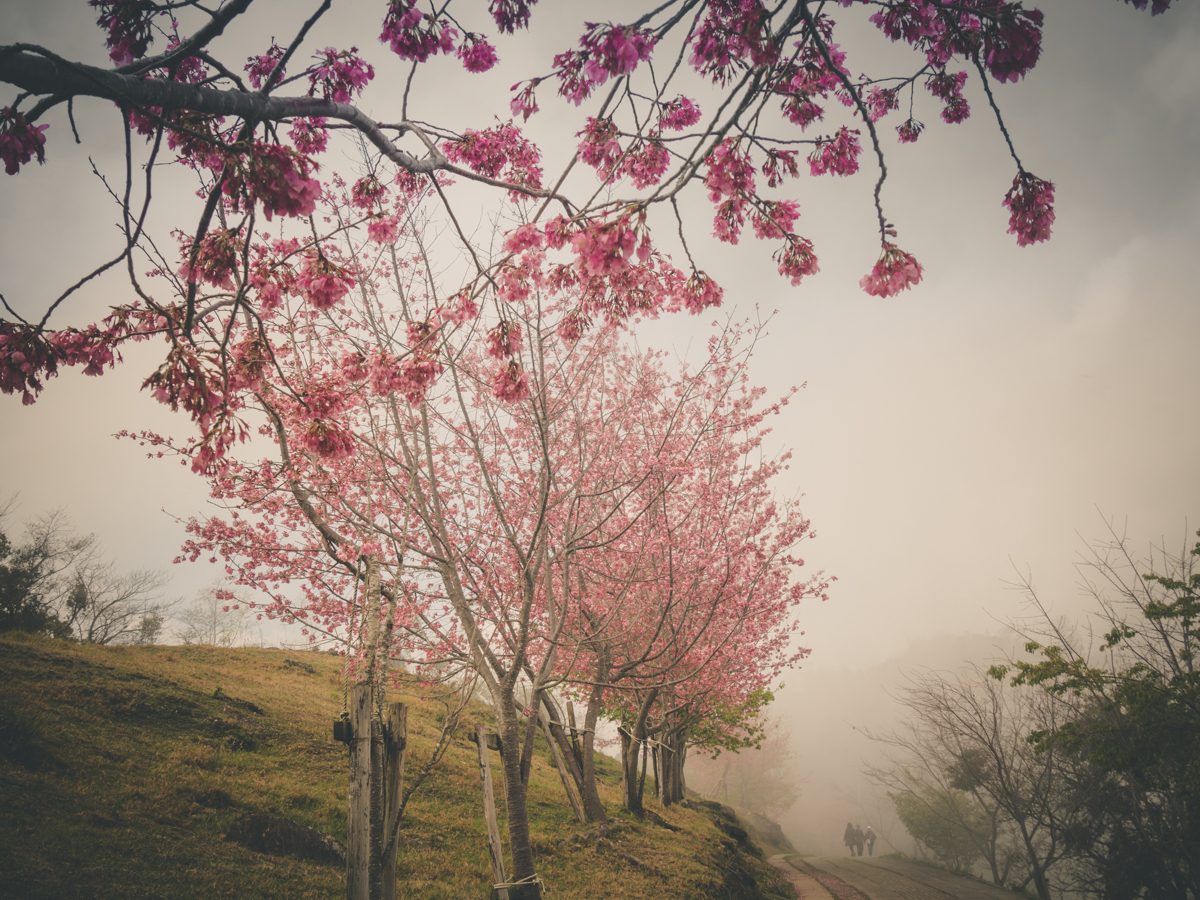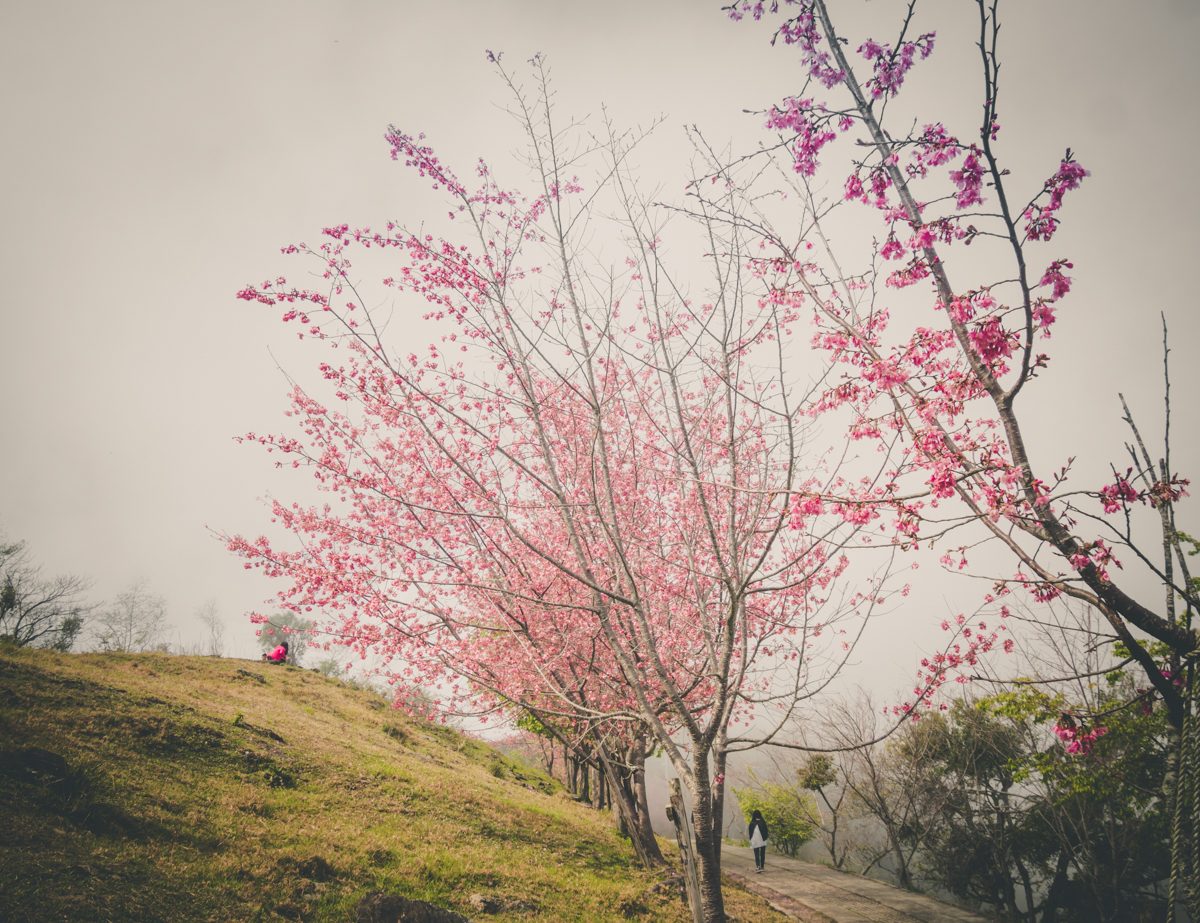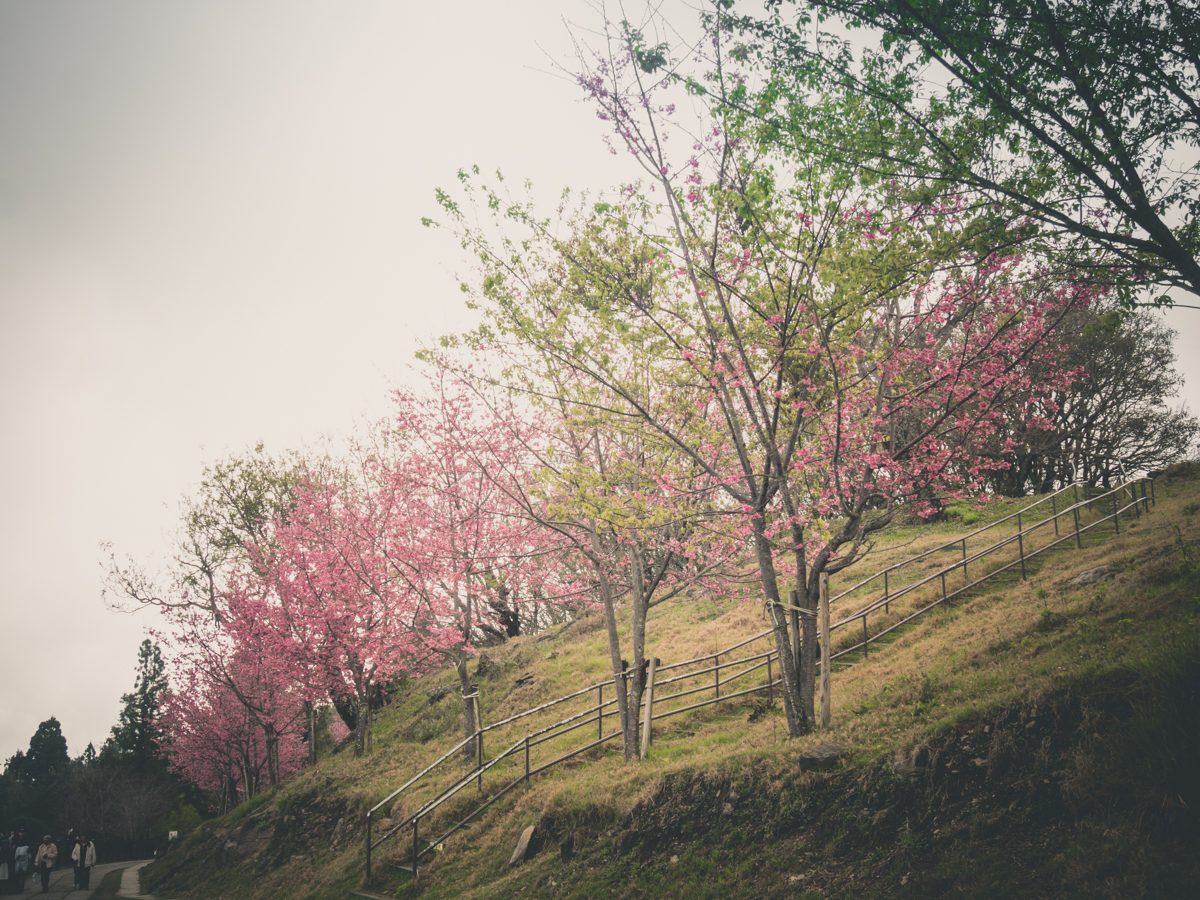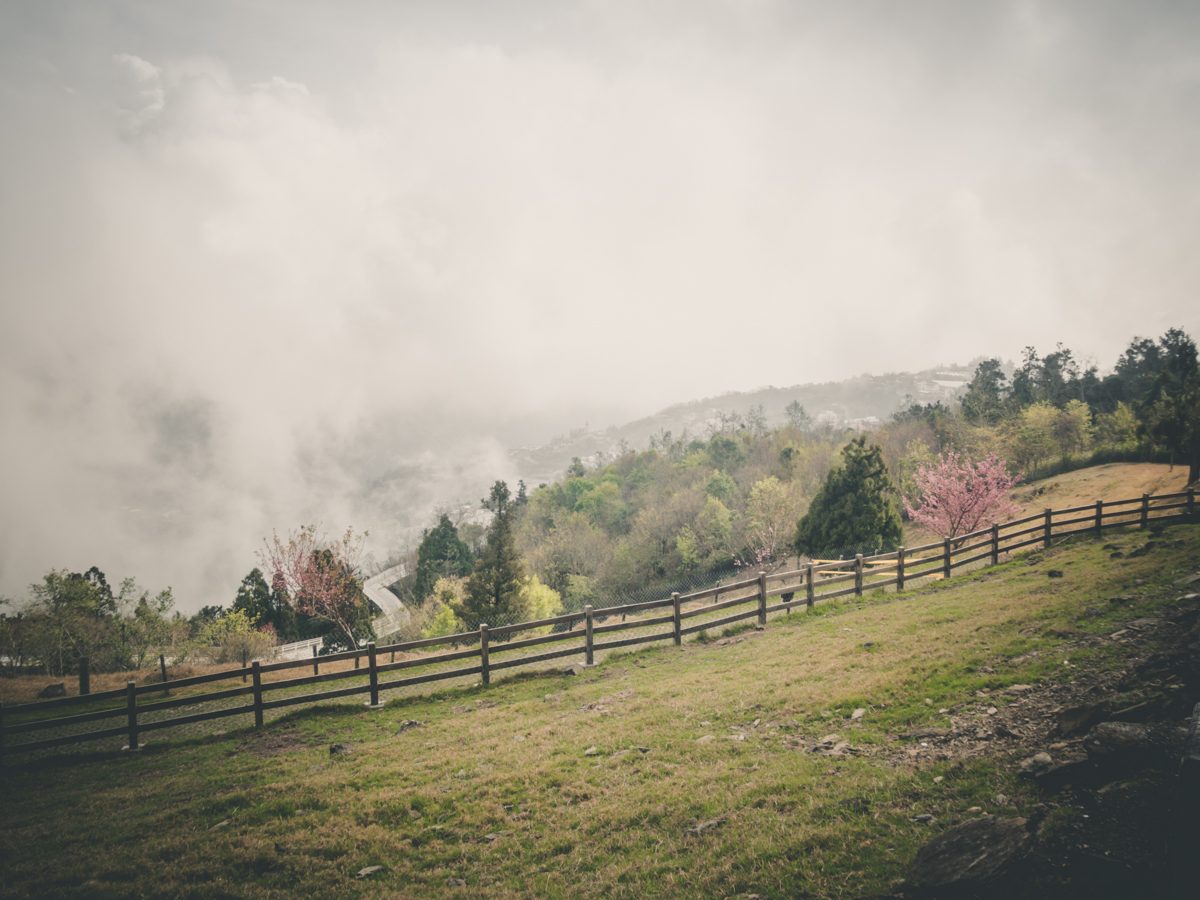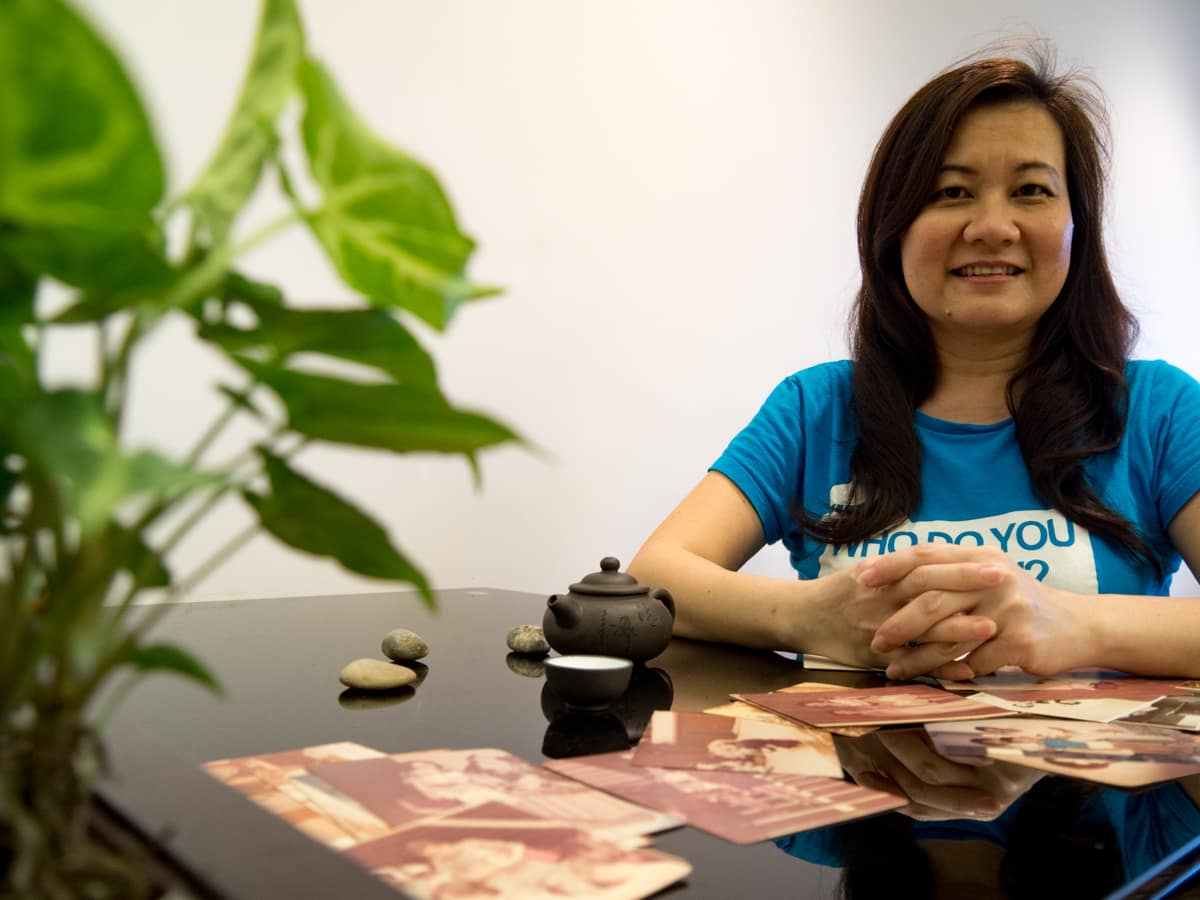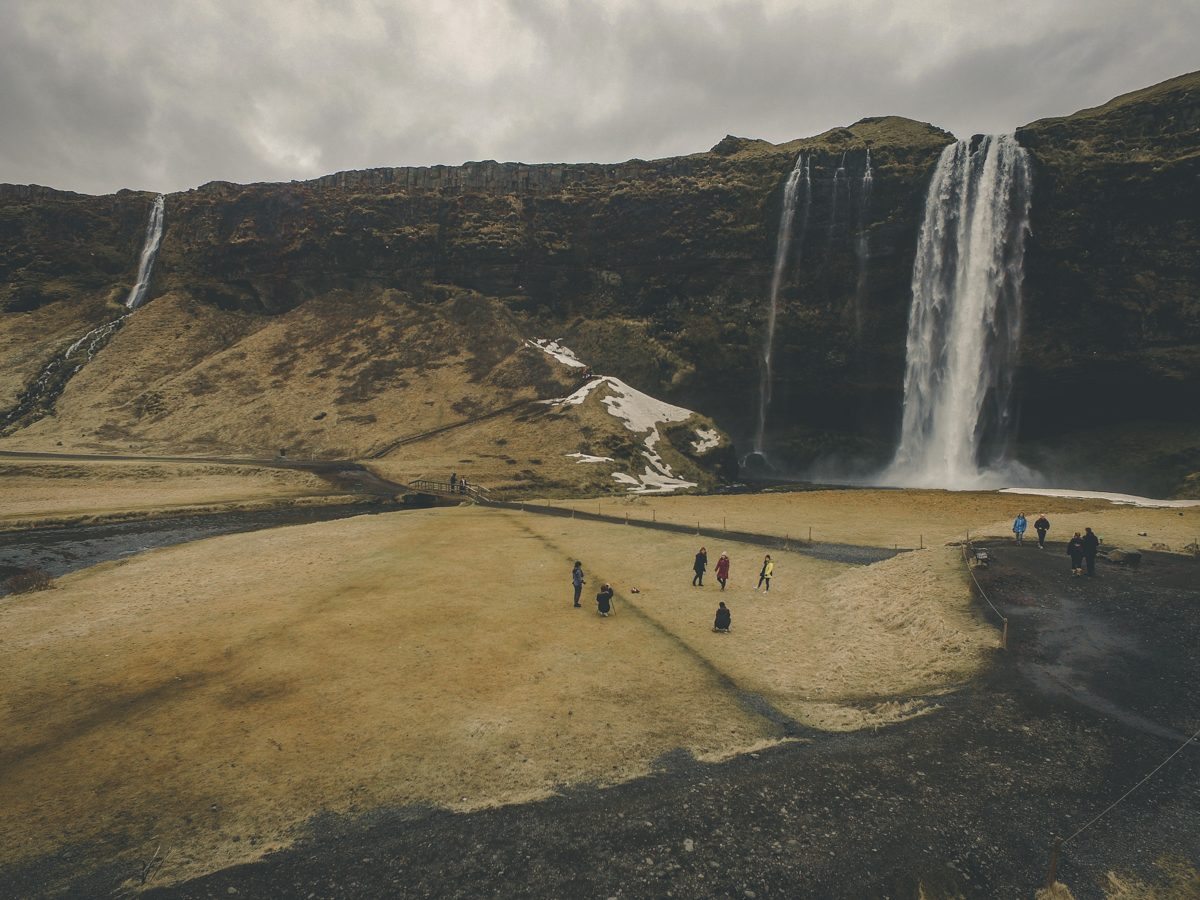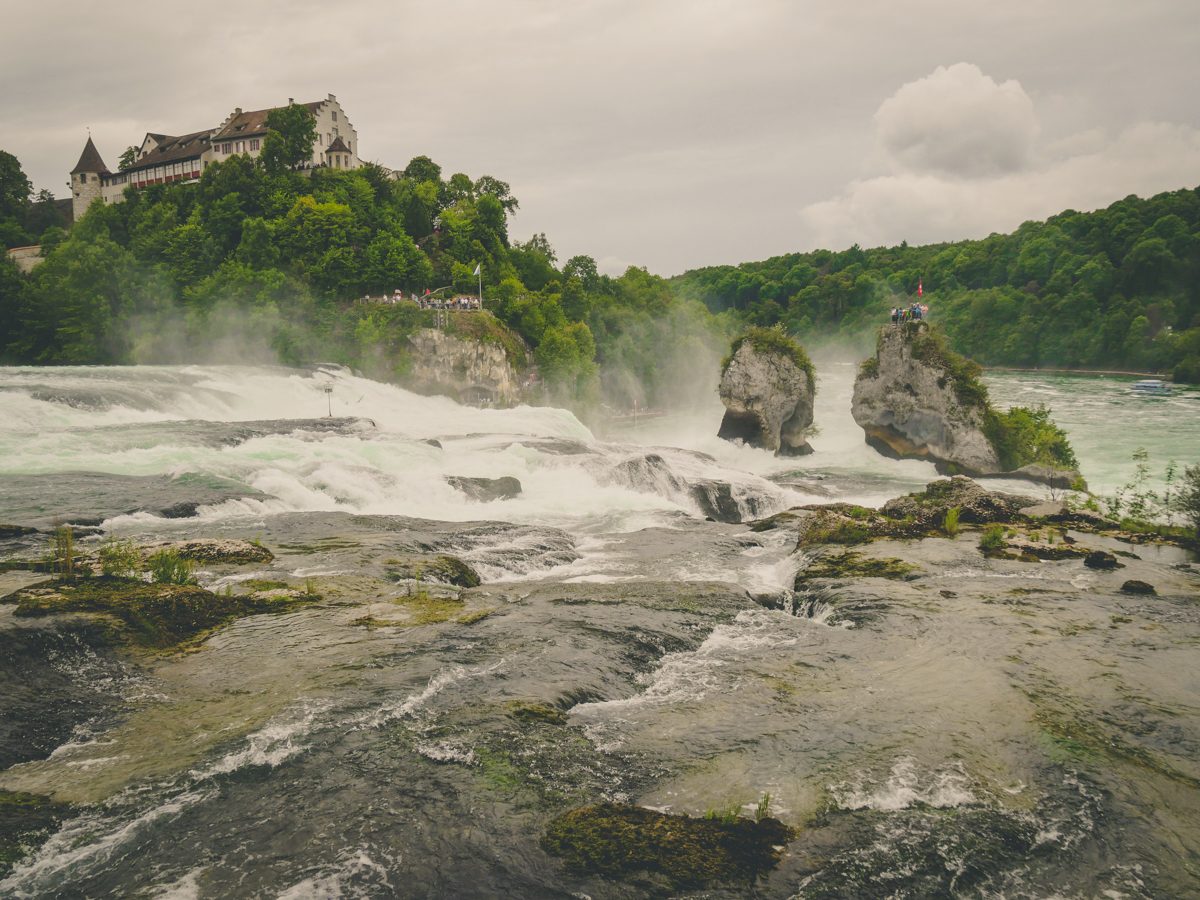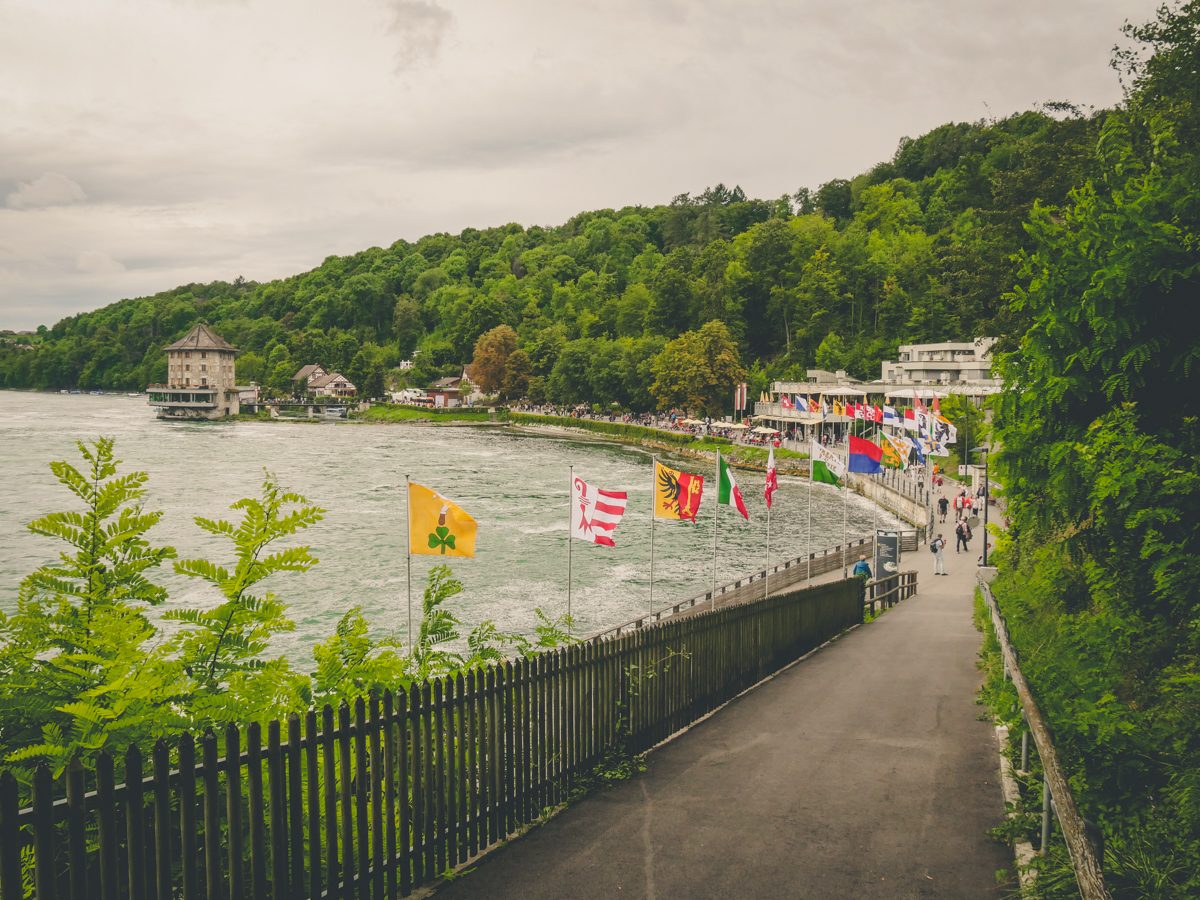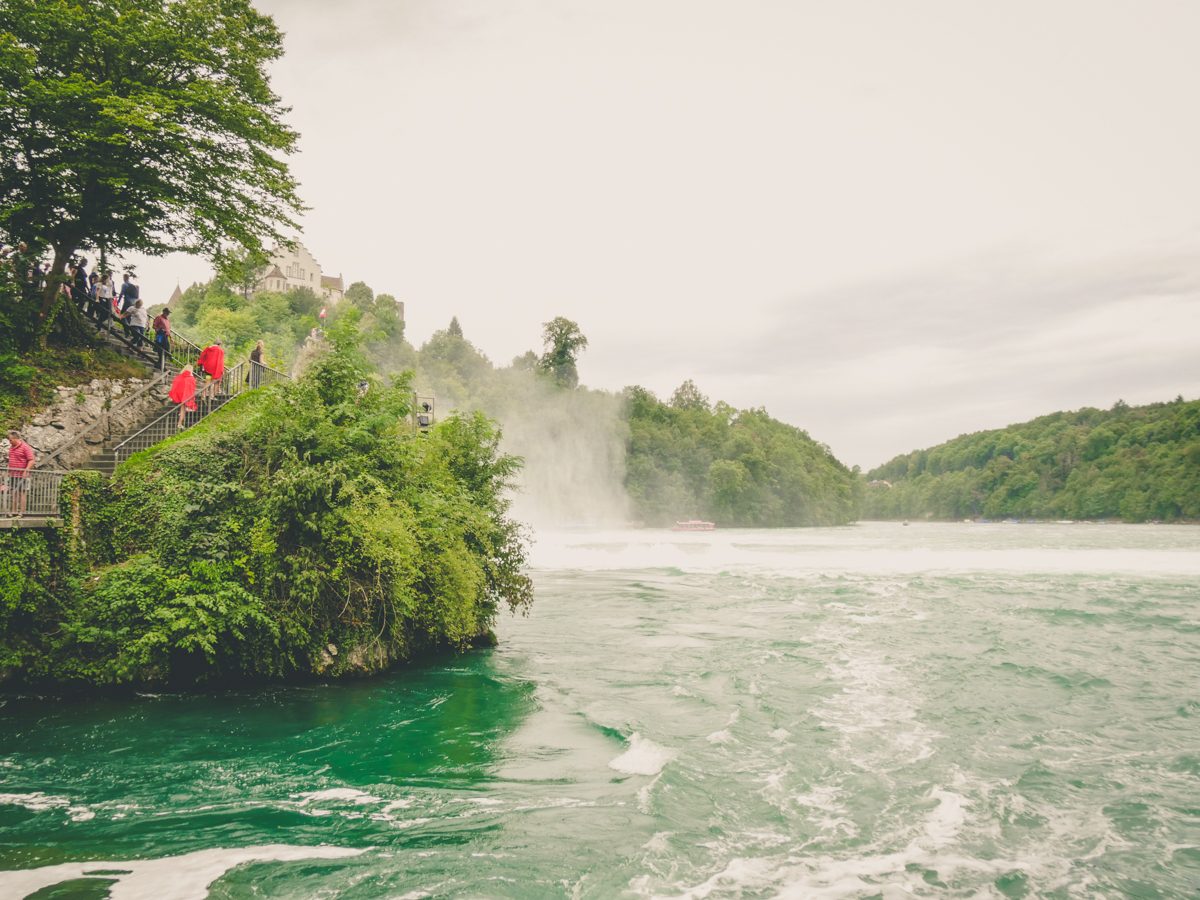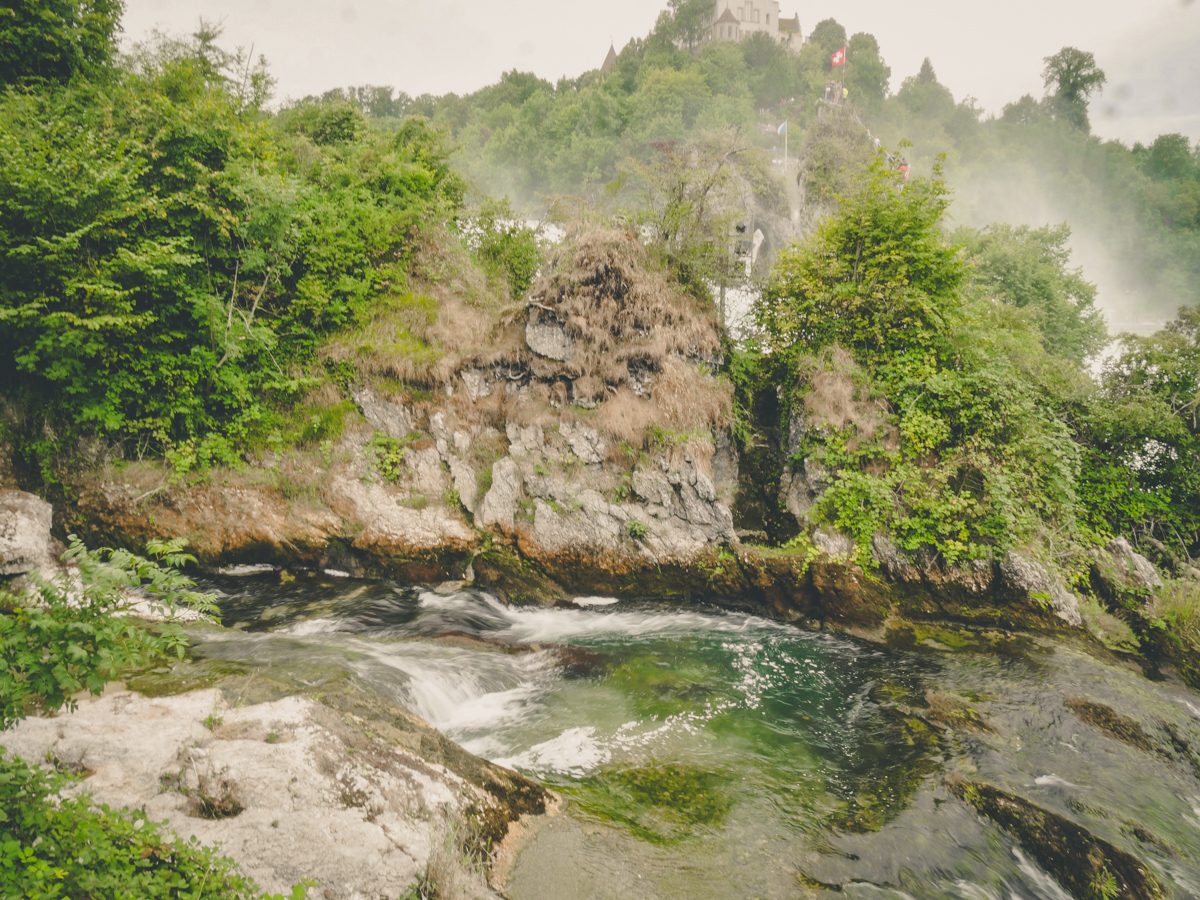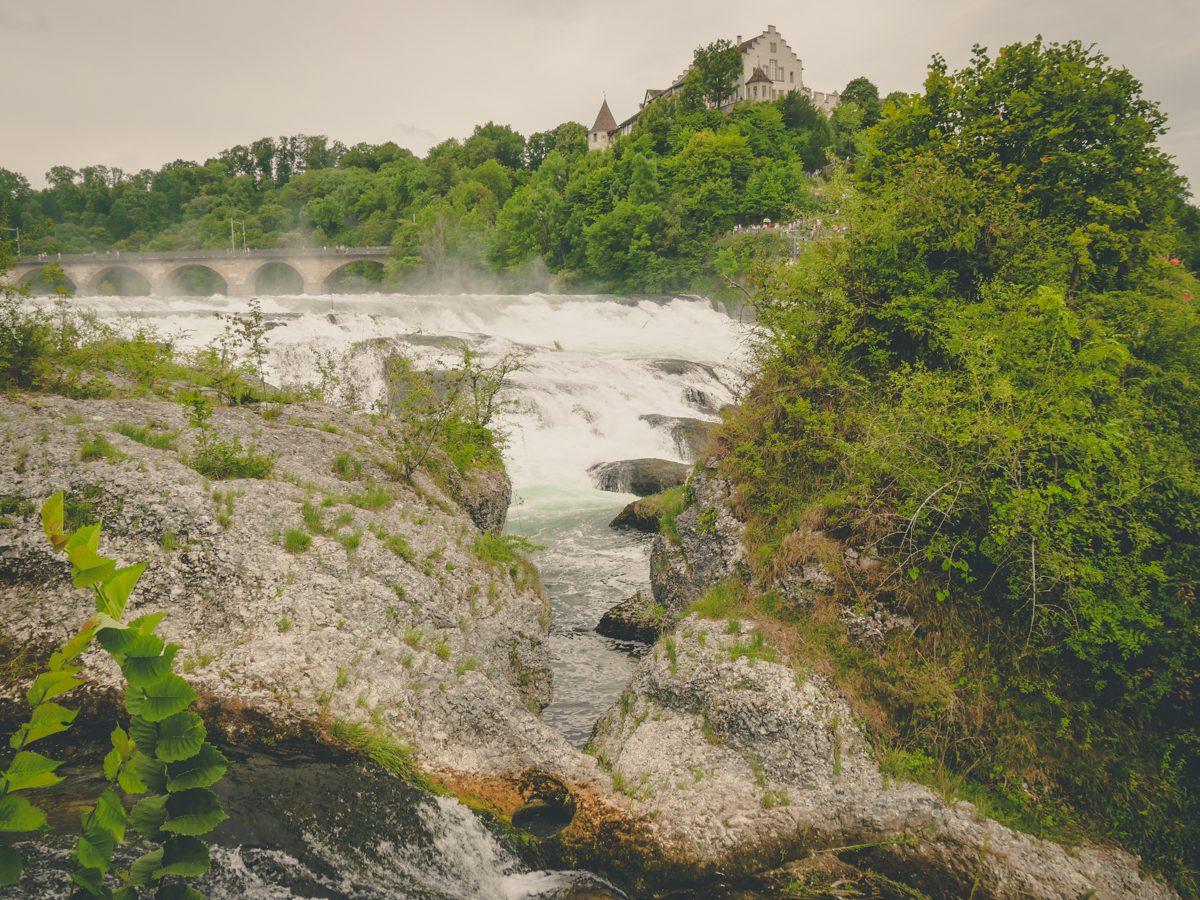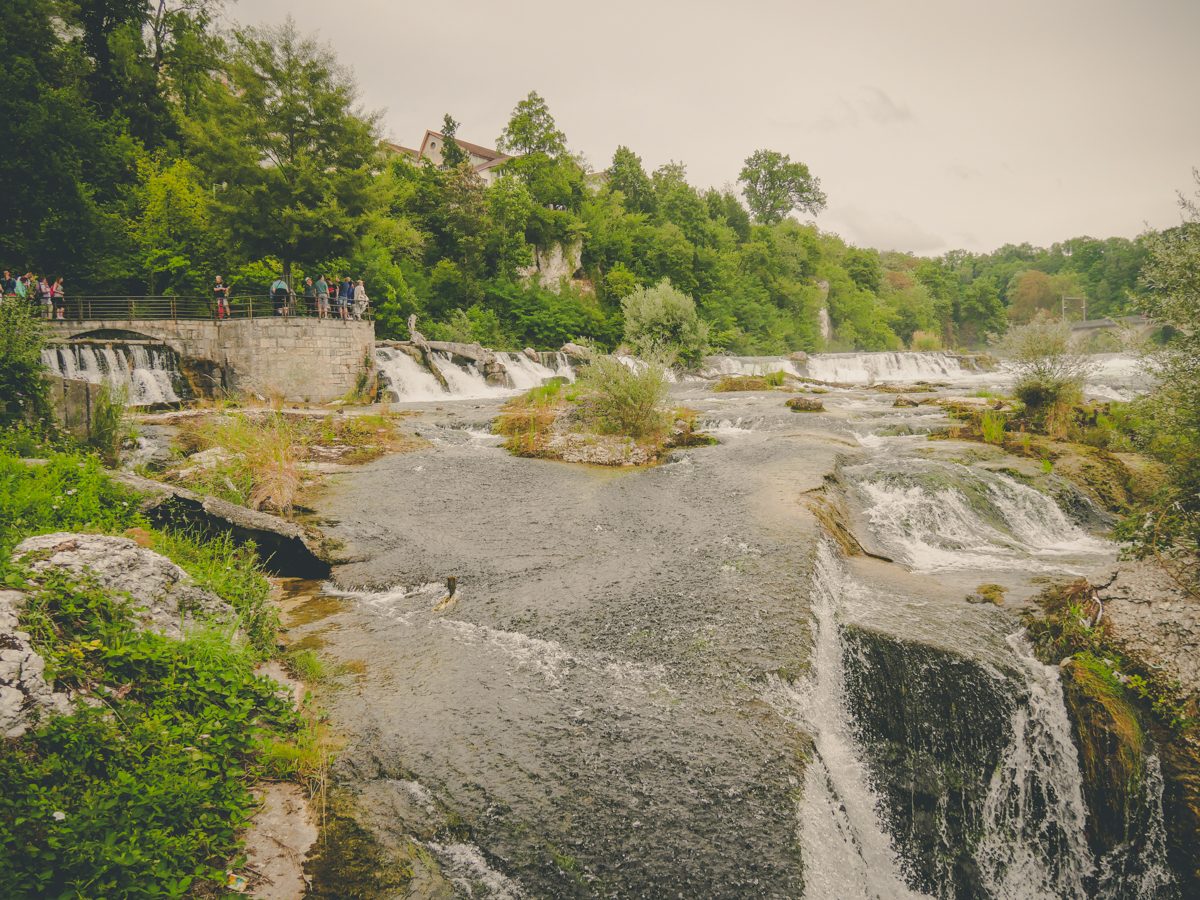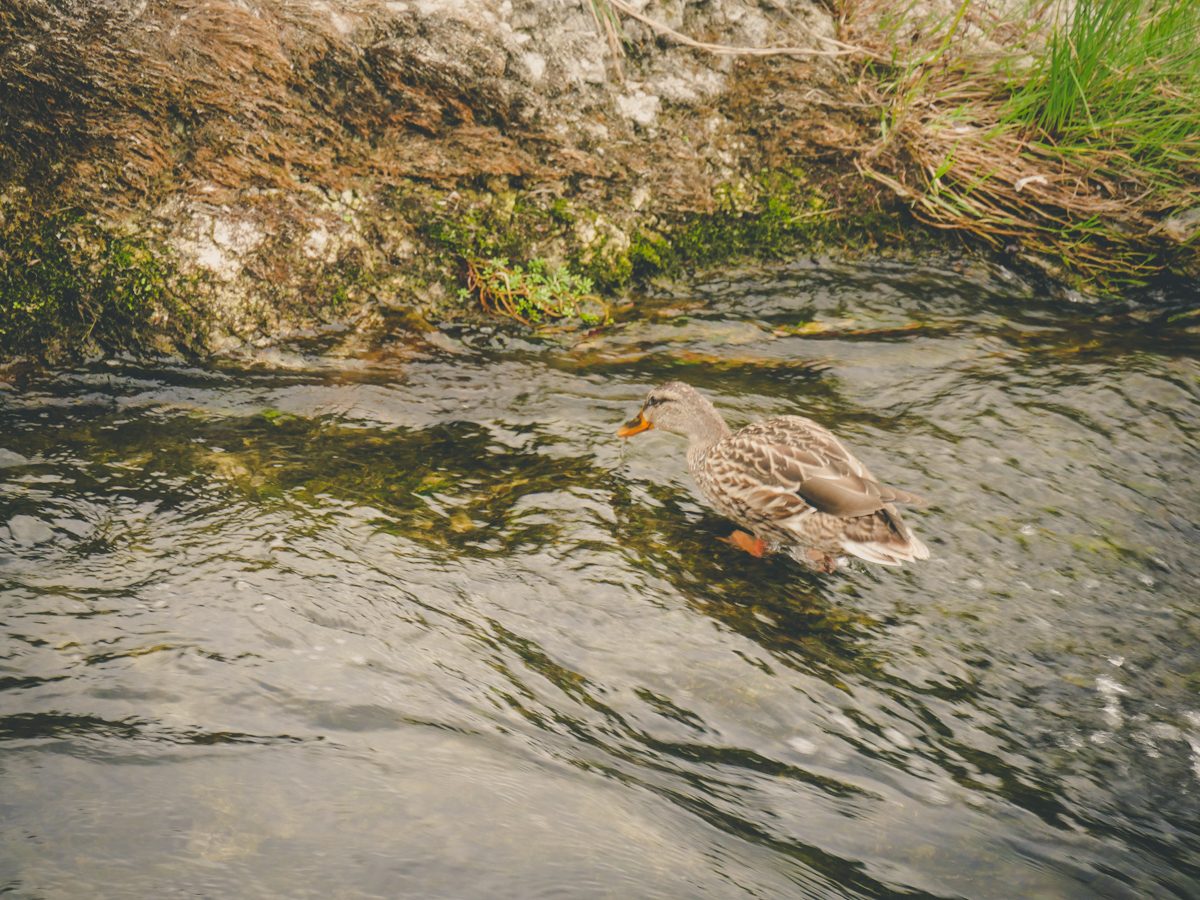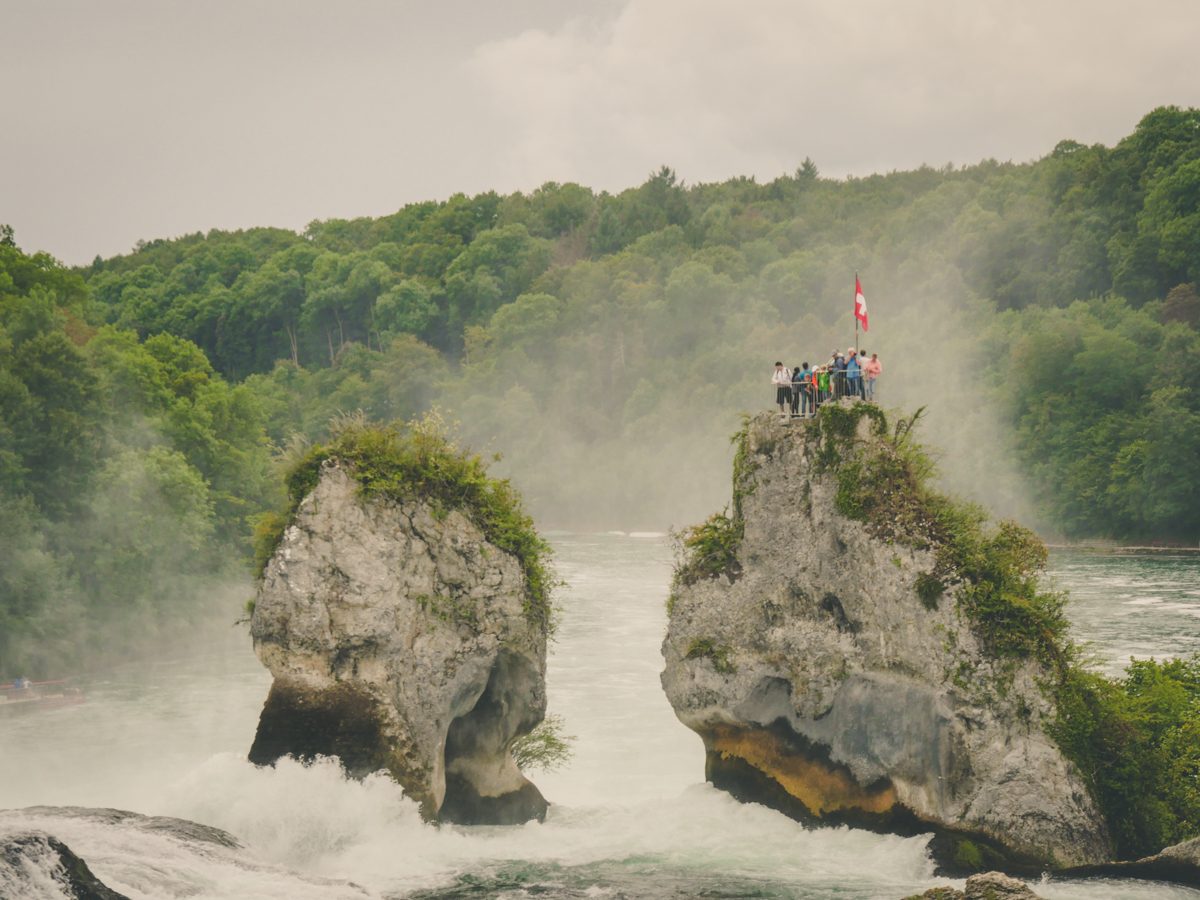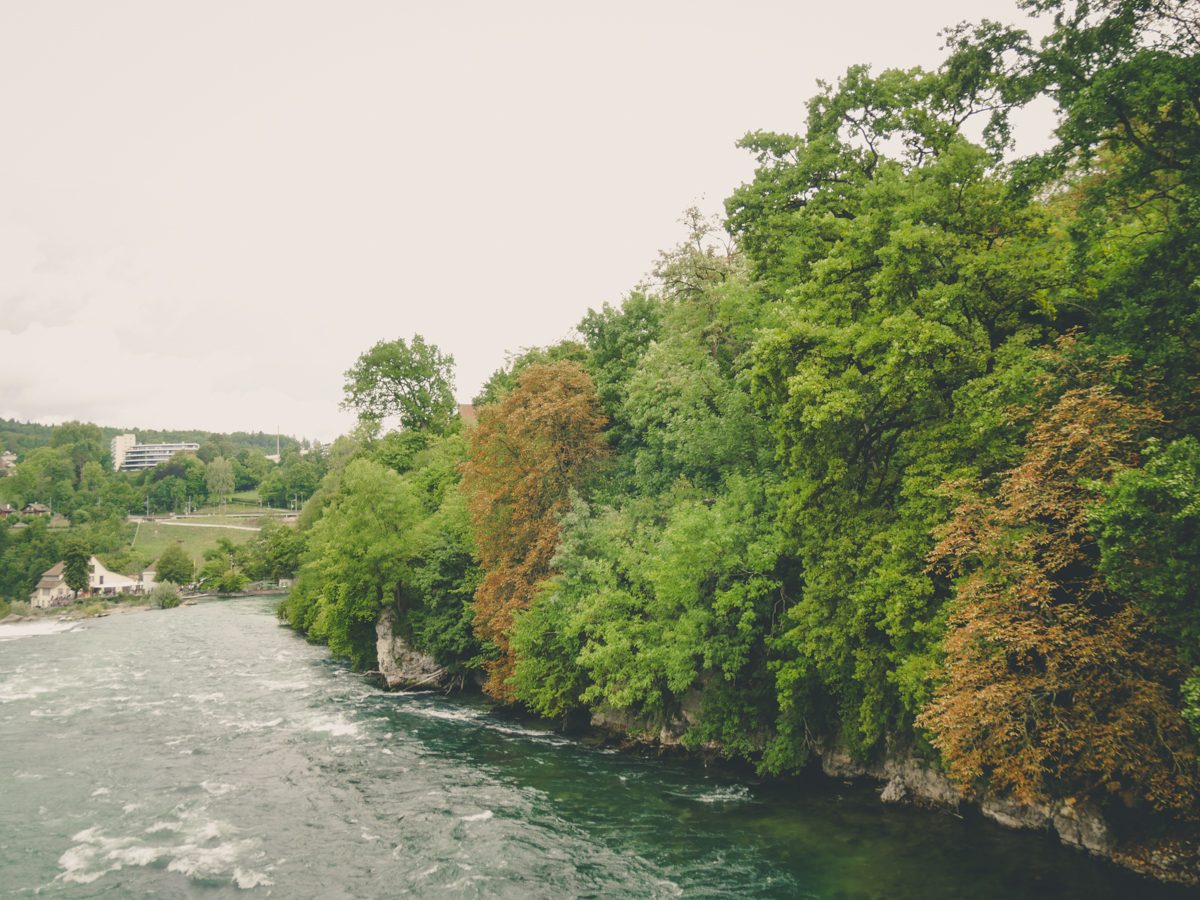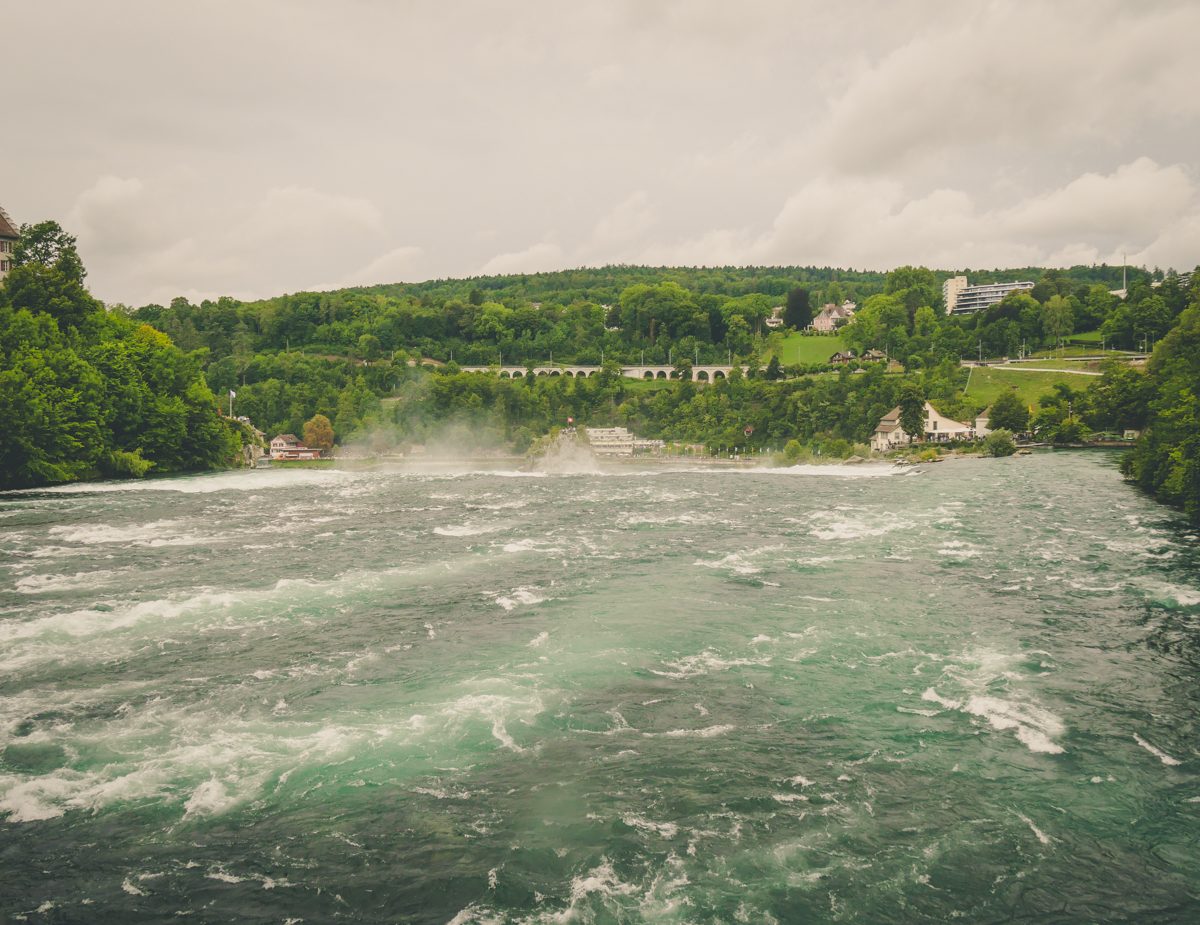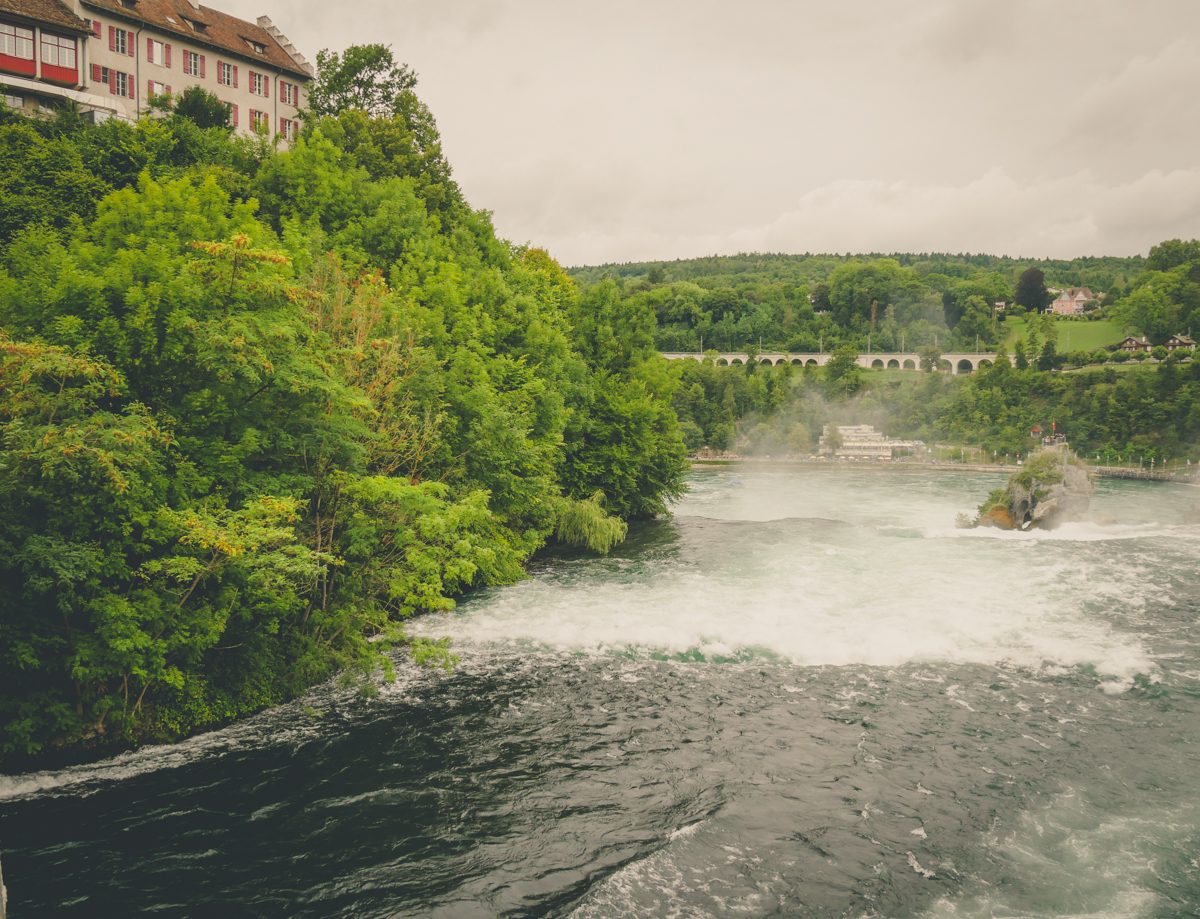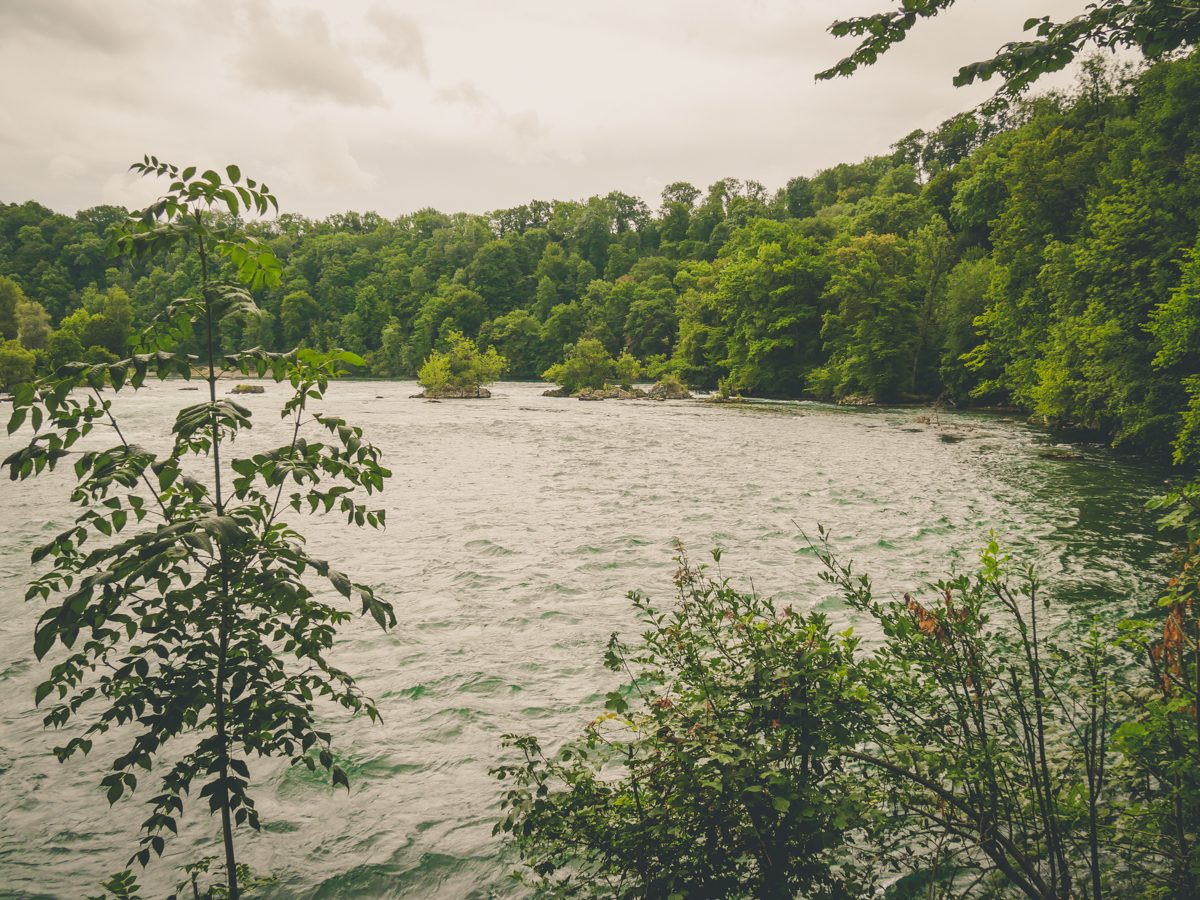When Peranakans speak of their heritage dishes, they always do so with pensive pride. Recipes are inherited and time honoured; every dish has a story attached to it. Babas and nyonyas were taught by their matriarchs to give the ingredients the respect they deserve, and they toil for long hours during meal preparation.
Admittedly, I am not au faire with Peranakan cuisine; I am at best a casual appreciator. Though I should not be too far off in saying the trifecta of good Peranakan fare is full-on flavours and head-turning aromas all wrapped in what-you-see-is-what-you-get simplicity (naff off, liquid nitrogen). In this regard, Brew & Bar’s offerings checked all the criteria. The concept prides itself on serving Peranakan dishes steeped in authenticity.
First to arrive on our table was the Ngoh Hiang (S$10). The meat was insulated within tofu skin deep-fried to a tawny crisp. Peranankans use long strips of meat in their ngoh hiang, so the result is meat that has more bite and a mashed texture. I grew up with the Teochew version (my paternal aunt makes the most sublime ngoh hiang in my humble opinion), which calls for shrimp, water chestnut and minced meat with blobs of fat. The texture is crunchier, the meat juicier. Without the aforementioned ingredients, I felt Brew & Bar’s rendition was understated in flavours. So whether or not it would wow you depends on your preferences.
Without question, the Nyonya Asam Pedas (S$20) is Brew & Bar’s headliner. The fiery-red hue of the curry heralded its blistering potency that tingled the back of my tongue; swimming in the pool was a beautiful symphony of tender red snapper, ladyfingers and brinjal. The spice-inflected stew with sour undertones was so moreish I drank it as soup, one slurp following the last, and the thought of ordering another plate of rice flitted into my mind. So, so good. Obligated to keep to a balanced diet, I also ordered the Chap Chye (S$10), a staple in every Peranakan meal. The medley of cabbage, mushroom, black fungus and carrot sat in a delicate sauce, and was heaped by fried shallots.
I initially dithered over whether to order the Beef Rendang (S$14), which came as a recommendation by the lady of the house. I was never a fan of the dish: Lesser versions I had the meat was overcooked and thus sinewy, the dry curry always cloying assaulting the palate. Not Brew & Bar’s. Each and every bite-sized cube of meat was incredibly fork tender, the dry curry delivering piquant savoury jabs and undercuts and did not let up. At the apex was mottled morsels of grated coconut. The complexity and mouthfeel of this most excellent dish was a testament to the many hours it takes the chefs to cook it.
The heady whiff emanating from the Kari Ayam (S$12) stopped me in my track. One mouthful of the curry chicken and I was utterly hooked. The spices — and I reckon lemongrass — all contributed to a remarkable tang. Unfortunately, it was takeaway dinner for my sister and not for my own enjoyment; the usually-fastidious eater did later give it a thumbs-up.
Do not leave Brew & Bar without trying its desserts. The ondeh ondeh is transmuted into cake form (S$7/slice) here. The slice featured alternating layers of soft pandan-infused sponge and coconutty cream that was fragrant and sweet. Titivating it with some shredded coconut might help in replicating the look and texture of the traditional kueh. Resembling red bean soup at first glance, Bubur Hitam is made of black glutinous rice. Brew & Bar’s version (S$3.50) had a thick consistency, and its sweetness showed restraint. Coconut cream decorated the top like latte art.
Brew & Bar’s décor is homely with Peranakan-inspired leanings, and there is also a cosy corner with antique furniture for one to ensconce in. Prices for the dishes here are steep, considering the portions — a hungry solo diner should be able to polish off one dish on his own, save the Nyonya Asam Pedas. I do think the food quality more than justifies the prices though. As the name suggests, Brew & Bar is well, also a bar. There is a fine selection of quaffs to wash the food down with. Happy hour starts from 7pm and lasts for two hours, with beers going at S$10 nett a pint.
Brew & Bar
Address: 6 Jalan Pari Burong
Time: 12pm to 11pm, closed on Sundays
